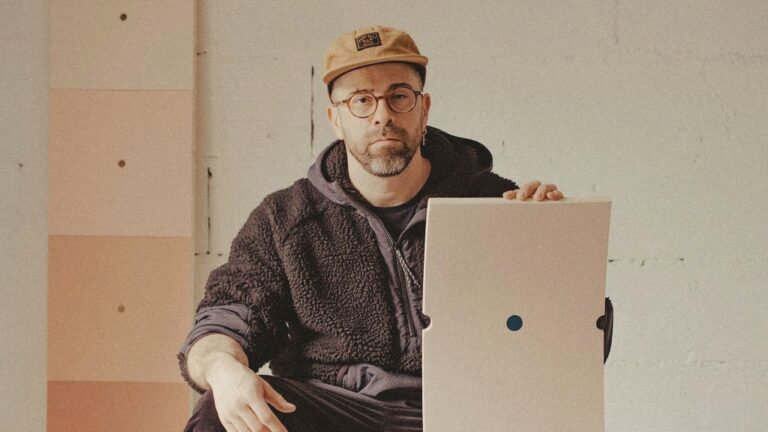
A Conversation with Alejandro Javaloyas
A Studio Visit During the La BIBI Residency
When we hear of landscape painting, one must immediately think of the earliest landscapes of Joachim Patenir, the more romantic landscapes of John Constable, or Claude Monet’s impressionist take on the genre. But landscape painting never ended; for instance, the cubists and expressionists continued to use the landscape as a genre in their journey towards abstraction.
Our collective memory seems to categorize landscape painting as something of the past, a nostalgic genre, an obsolete practice, which has no place in a day and age in which art is dominated by abstraction, installations, Conceptual Art or Minimal Art. However, the opposite seems to be true when analyzing our recent art history. But first, precisely what is contemporary landscape painting?
Contemporary Landscape Painting is a genre in contemporary painting in which outdoor environments or natural scenery are depicted―think of mountains, fields, forests, rivers, or seas. The artist does not strive to obtain a pure naturalist depiction but rather to develop a contemporary perspective on the genre.
In this article, we will discuss how the artist takes on this nostalgic genre in a contemporary manner with a retrospective view of landscape painting, followed by an extensive and complete anthology of the best landscape painters today.
A significant resource for this article―and the best available resource for contemporary landscape painting―is the reference publication Landscape Painting Now: From Pop Abstraction to New Romanticism by Todd Bradway and Barry Schwabsky, published by D.A.P. in 2019. (Find the current price on Amazon here)
When it comes to what makes a landscape contemporary, I like to refer to the question of what makes any artwork contemporary. At first, this may seem a straightforward question, but as illustrated in our more extensive article Explained: What Makes an Artwork Contemporary?, four conditions make an artwork contemporary. As a result, let’s implement them with contemporary landscape painting.
A Landscape painting is contemporary when: (i) it is made between 1960/1970 up to today; (ii) the artist intends to take on the genre in a new and contemporary manner; (iii) the esthetics are time-bound to painting today; (iv), and the landscape becomes relevant in a contemporary context.
The first part of this answer is, of course, the most straightforward one. A landscape painting can only be contemporary if produced in the contemporary era, roughly from 1960/1970 up to today. This condition is an absolute pretext for any landscape painting to be seen as contemporary.
The second part is also a crucial pretext for the landscape to be contemporary. It implies that the artist’s aim is not to paint the landscape in the tradition, style, and technique of traditional landscape painting. In other words, the artist does not aim to replicate a landscape but takes on the genre from a contemporary artistic perspective.
This means that a contemporary artist rarely paints landscapes―whereas back in the day, artists were very specialized to a specific genre. The landscape results from a more comprehensive contemporary practice from which landscape paintings emanate. Our examples below with the best landscape painters today will clarify and illustrate this notion one by one.
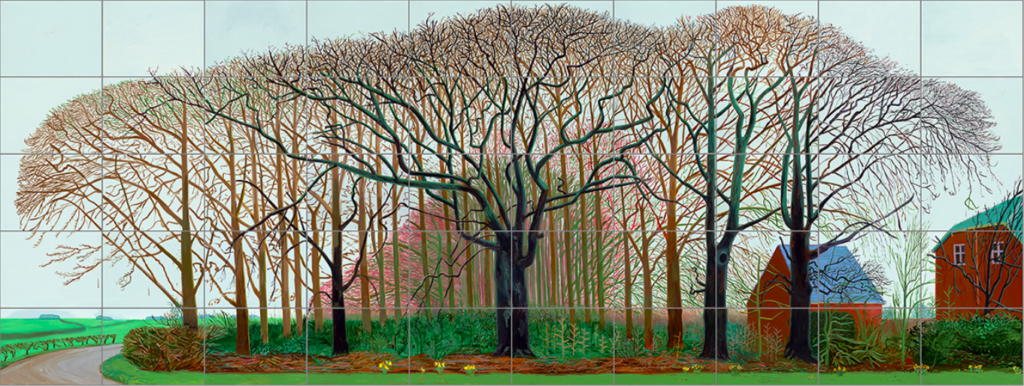
Third, the time-bound esthetics of landscape painting are a natural consequence of our first and second conditions. Our extensive article on What Makes an Artwork Contemporary states that this condition is not an absolute pretext, whereas the first two are. With landscape painting, I would argue this condition does become a pretext for the landscape to be contemporary as it flows from our previous condition and pretext. Today, one can not paint a landscape in the style and esthetics of John Constable or J. M. W. Turner and claim it to be ‘contemporary.’
We conclude with our fourth condition, which consists of the subject matter―the landscape―to be relevant in a contemporary context. I believe this condition can contribute to a landscape being contemporary; however, it does not necessarily need to be a pretext. If the landscape is depicted in a contemporary manner but has no other subject matter, it still is contemporary.
On the other hand, if the landscape painting has an additional segment of subject matter which is relevant for art today―for instance, discussing climate change (cf. infra; Gideon Kiefer) or the socio-political situation in Eastern Europe (cf. infra; Serban Savu)―this aspect would contribute to the contemporary value of the artwork.
These conditions are, of course, meaningless without specific examples or artworks. Therefore, let’s discuss them further through our extensive and reasoned list of the best landscape painters today.
Concerning the best contemporary landscape painters, we are pleased to present you with a very extensive and reasoned selection of artists and artworks. We have selected the highest-ranked artists from the aforementioned publication Landscape Painting Now: From Pop Abstraction to New Romanticism by Todd Bradway and Barry Schwabsky.
Further, we have completed this selection with other renowned painters occupied with landscape painting, resulting in a total of 55 mid-career and highly established artists, presenting the most extensive online resource on landscape painting today.
The top 12 consists of the most influential artists, including an introductory biography and context—as we can only touch briefly on every artist, we have included links to the best monographic publication on the artist in question—followed by a visual anthology of highly ranked mid-career and established artists in alphabetical order. So let’s answer the big question, who are the most important contemporary landscape painters?
The most influential landscape painters today are Francis Alÿs, Peter Doig, Adrian Ghenie, David Hockney, Per Kirkeby, Julie Mehretu, Gerhard Richter, Alex Katz, Anselm Kiefer, Neo Rauch, Wayne Thiebaud, and Luc Tuymans.
Without any further ado, let’s discover the landscape paintings in question and the artists who created them.
We start with one of the most important artists in the world, none other than Francis Alÿs. Born in 1959 in Antwerp, Belgium, Alÿs currently resides and works in Mexico City, Mexico. Arguably, Alÿs is best known for his absurdly poetic political films and performances.
However, the Belgian artist is intrigued by everyday life and takes on painting and landscapes, resulting in most often small-scale works. He finds the idyll in troubled countries, rethinking the narrative potential of landscape painting.
For further reading on the painterly oeuvre of Francis Alÿs, we highly recommend Francis Alÿs: Le Temps du Sommeil, published by Charta and the Irish Museum of Modern Art in 2010.
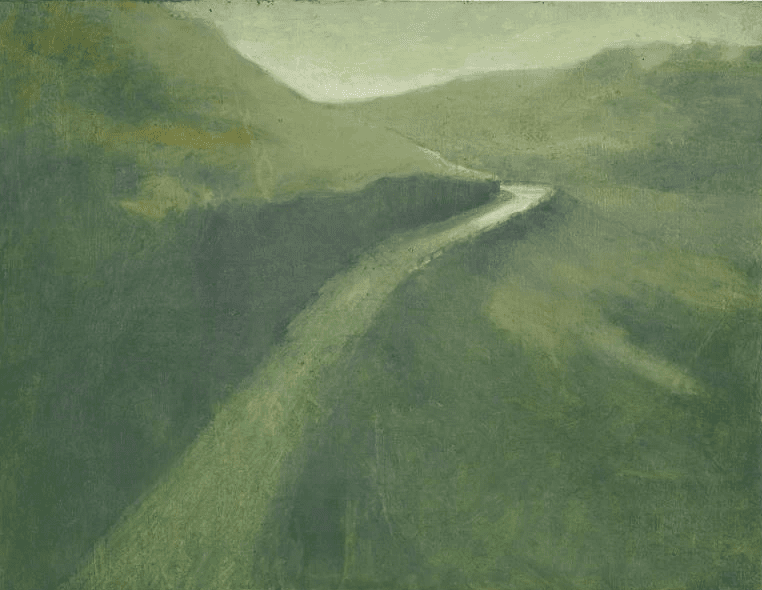
Up next, we have one of the most important contemporary figurative painters of his generation, Peter Doig. Born in 1959 in Edinburgh, the United Kingdom, Doig currently resides and works in Trinidad, Port of Spain. His landscapes are often referred to as Magical Realism.
The British figurative painter paints from found photographic material and memory. His landscapes are filled with mystery, enigma, skill, and implausible things. We see elements from different places, all in a single image, from exotic animals and tropical beaches to Canadian backdrops and mysterious kayaks.
For further reading on Peter Doig, we highly recommend Peter Doig by the Phaidon Contemporary Art Series, published in 2007.
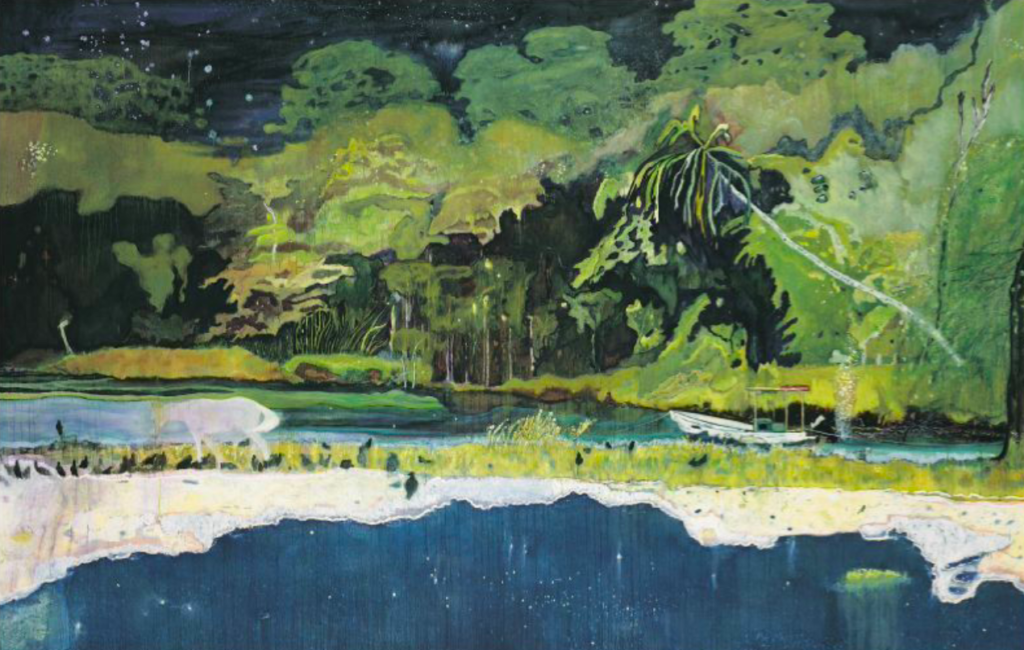
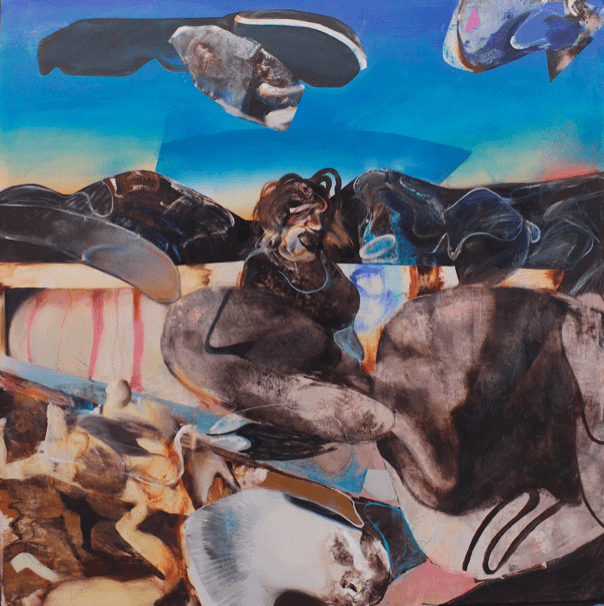
Adrian Ghenie—arguably the most important figure for the remarkable upswing of Cluj as a vibrant art city—is a contemporary painter, born in 1977 in Baia-Mare, Romania, and is currently working and living between Cluj, Romania, and Berlin, Germany. Ghenie is best known for his vivid paintings filled with movement in which his subjects take on voluptuous shapes in a collage-like composition.
The setting for these figures is most often a landscape. Ghenie turns to the landscape time and time again, as the wavy horizon and atmospheric perspective of the blue skyline become a key reference point in the painting to start to behold and grasp his composition. In the tradition of Old Masters painting using the landscape to depict their scenes, Ghenie takes on landscape painting in a similar yet utmost contemporary manner.
For further reading on Adrian Ghenie, we highly recommend Adrian Ghenie: Paintings 2014-2019.
The iconic painter David Hockney – born in 1937 in Bradford, the United Kingdom – has taken on many quintessential painterly genres. Think of his pool paintings, portraits, double portraits, and still life paintings. However, since the turn of the millennium, Hockney has focused more and more on painting landscapes, very often en plein-air.
Hockney, one of the most influential contemporary painters today, has lived in Yorkshire and currently resides and works in Normandy, France. As always, his environment has substantially impacted his painterly practice. From the Rocky Mountains to Yorkshire’s fields to Normandy’s blossoming trees. Hockney has been, without any doubt, one of the most prolific landscape painters of his generation.
For further reading on David Hockney, we strongly recommend David Hockney published by Tate in 2017.
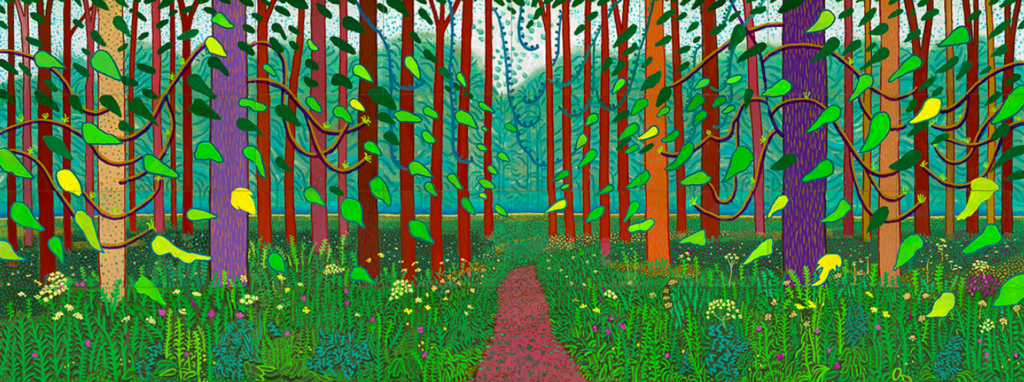
Born in 1938 in Copenhagen, Denmark, Per Kirkeby is a contemporary painter who passed away in 2018 in the Danish capital. Influenced by Abstract Expressionism in the 1950s, his early training as a geologist resulted in quasi-abstract landscapes examining monumental and geological processes.
Kirkeby captures an unfolding process of millions of years with his painterly practice. The painter, sculptor, performance artist, writer, and set designer found timeless inspiration in his studies of geology and ancient Mayan art, encompassing expeditions to the world’s most fascinating places and natural scenery in Greenland, Central America, or the Arctic. As a result, staggering and often monumental landscapes make Per Kirkeby one of the most influential landscape painters in (recent) art history.
For further reading on Per Kirkeby, we highly recommend The Artist as Polyhistor: The Intellectual Superstructure in the Work of Per Kirkeby.
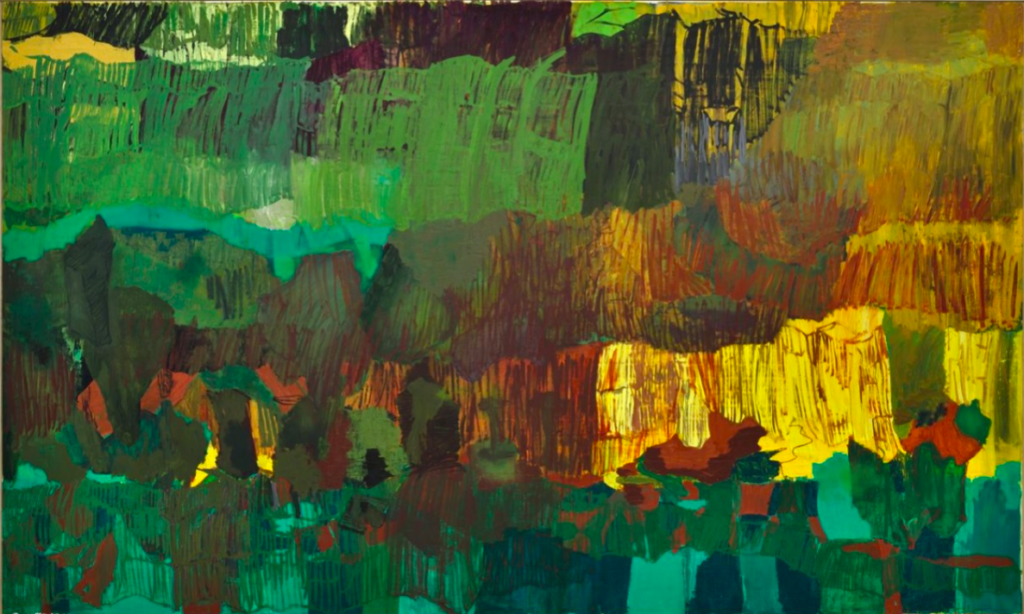
Born in 1970 in Addis Ababa, Ethiopia, Julie Mehretu is a contemporary artist living and working in New York, the United States of America. Being one of the most influential female artists of her generation, Mehretu distinguishes herself in the art world with her monumental paintings and frescos of marks, shapes, lines, and other pictorial elements.
Marked by a Futurist esthetic, Mehretu combines various media such as acrylic paint, graphite, ink, or charcoal into her quasi-architectural paintings. In her works, historical and fictional landscapes seem to collide. She takes on socio-political structures embedded in our environment, resulting in abstract yet panoramic landscapes inspired by cartography, popular culture, or (urban) architecture.
For further reading on Julie Mehretu, we strongly recommend Julie Mehretu published by Prestel in 2019.
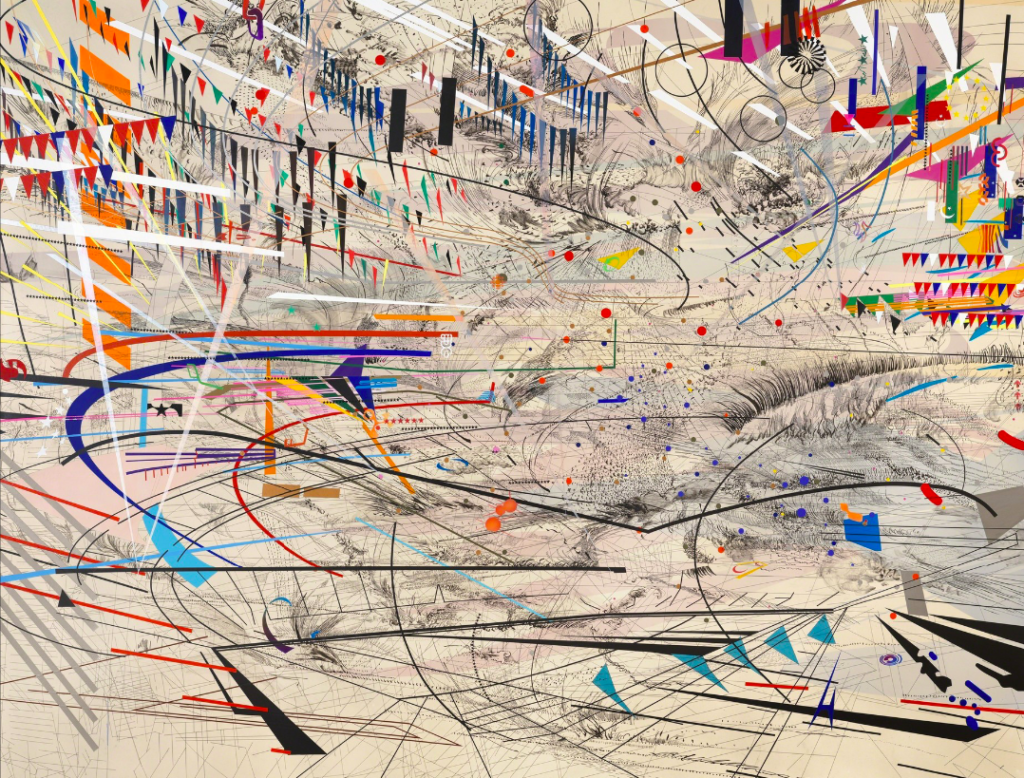
Born in 1932 in Dresden, Germany, Gerhard Richter is arguably the most important contemporary painter today, working and residing in Cologne, Germany. His oeuvre is marked by the ubiquitous dichotomy of figuration versus abstraction.
On the one side of the spectrum, one can find his meticulously rendered photo paintings, whereas, on the other side, we encounter his expressive abstract paintings pushing blubs of colored mud (read: paint) on the canvas with an enormous squeegee. With both his figurative photo paintings and his pure abstract canvases, one encounters contemporary landscape painting. In some pictures, the distinction seems to fade in his characteristic haze and blurred effect.
For further reading on Gerhard Richter, we highly recommend the extensive catalogue Gerhard Richter: Panorama.
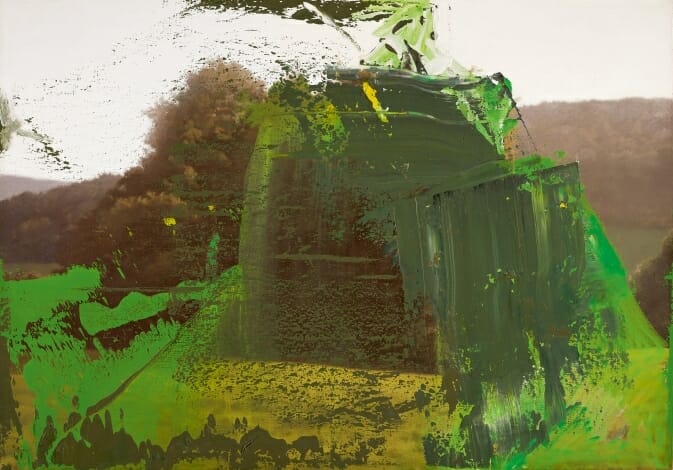
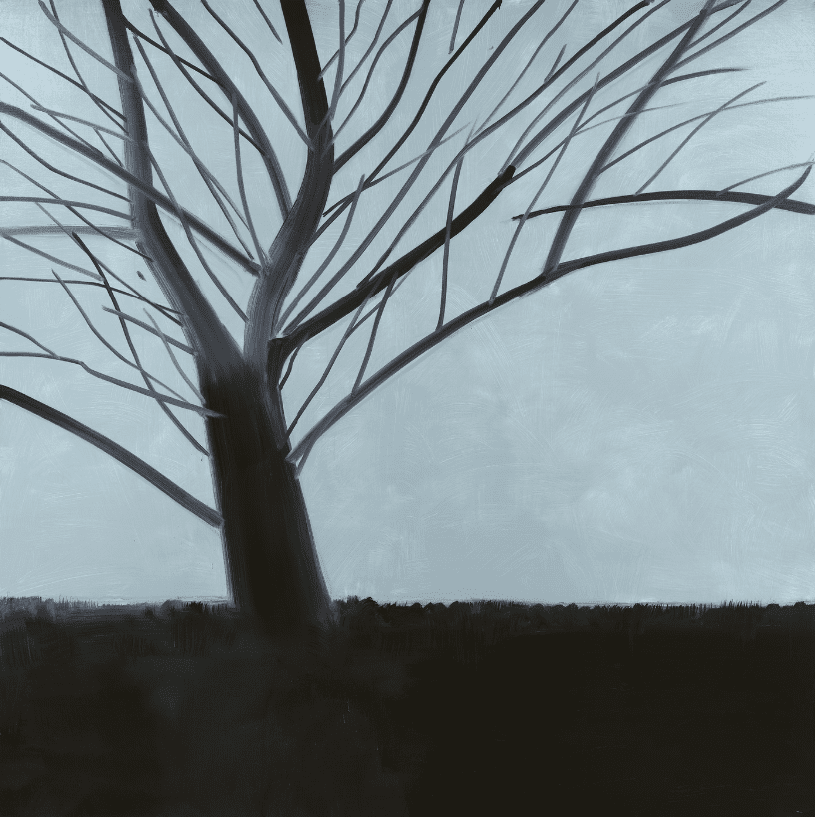
Born in 1927 in Brooklyn, the United States of America, Alex Katz is one of the most celebrated painters of today and currently resides and works between New York and Lincolnville, the United States of America. His highly recognizable visual language is known as Pop-Realism, painting in a naturalistic manner influenced by the large planes of color reminiscent of the silk-screen images of Pop Art.
With his landscapes, Katz aims to capture the quickness of light. As with David Hockney, the American painter has been increasingly interested and occupied with the landscape as his subject matter as the years passed.
For further reading, we highly recommend the expanded and revisited edition of Alex Katz from the Phaidon Contemporary Art Series.
Up next, we have the monumental and haunting landscapes by Anselm Kiefer. Born in 1945 in Donaueschingen, Germany, Kiefer is one of the most famous contemporary painters and resides and works in Paris, France. The German artist grew up in the aftermath of the Second World War, confronted with the ruins and lingering effects of a German post-war trauma, pioneering New European Painting.
As a result, his works are marked by political issues and so-called historical amnesia. His massive landscapes, often using liquid metals as his paint, incorporate spiritual, mythology, and cultural memory. The prism of Kiefer seems to depict the world as a landscape of ruins. A battlefield of media in the natural world, filled with glass, metal, soil, concrete, and ashes.
For further reading on Anselm Kiefer, we highly recommend Anselm Kiefer published by Thames & Hudson in 2015.
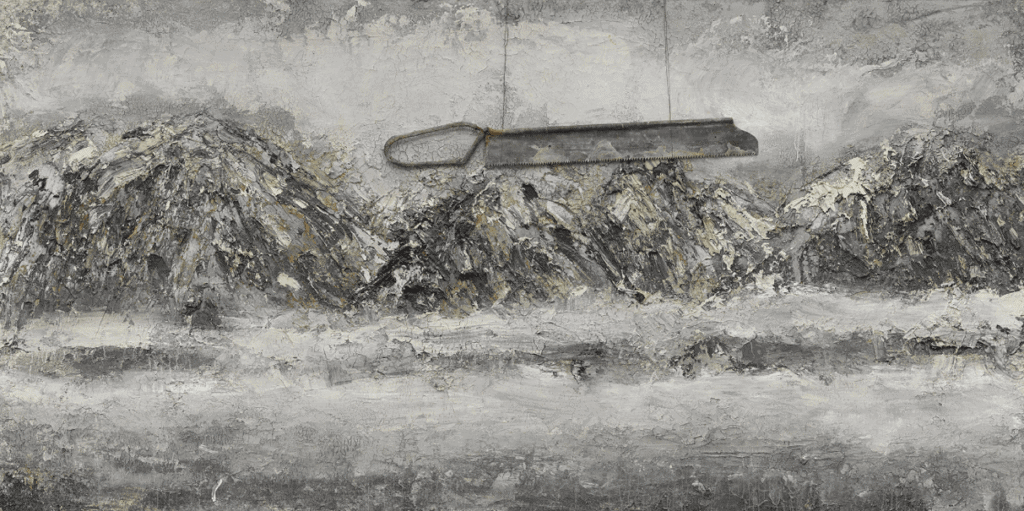
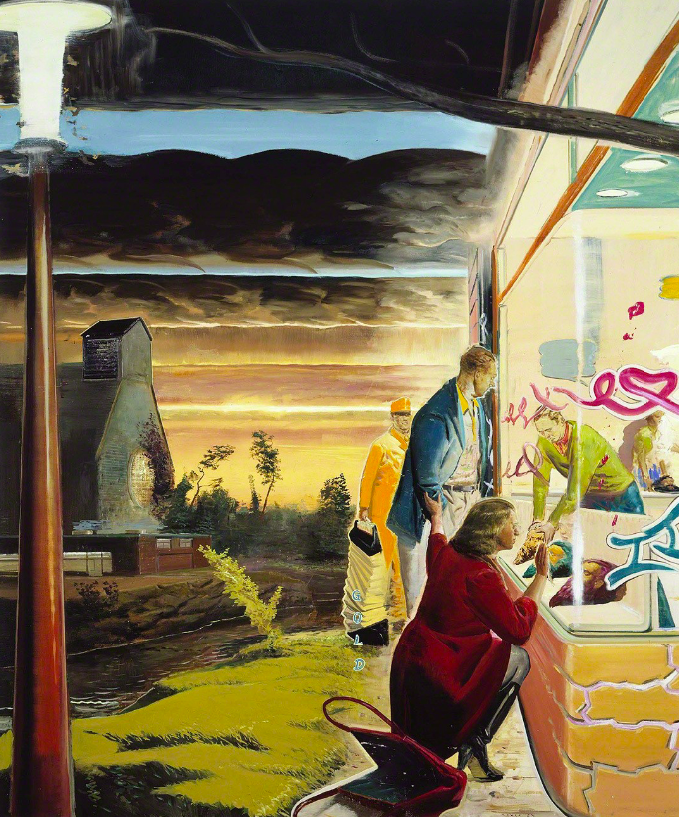
Born in 1960 in Leipzig, Germany, Neo Rauch is a neo-surrealist contemporary painter and one of the leading figures of the so-called Neue Leipziger Schüle—where the artist continues to work and reside.
Marked by a high-contrast in color and tone, Rauch’s absurd and enigmatic scenes often take place in a landscape in the tradition of German Romance. Doing so, his compositions are intentionally reminiscent of Old Master paintings or Social Realism with a surreal twist.
For further reading on Neo Rauch, we highly recommend the monographic publication titled Neo Rauch from the Contemporary Painters Series.
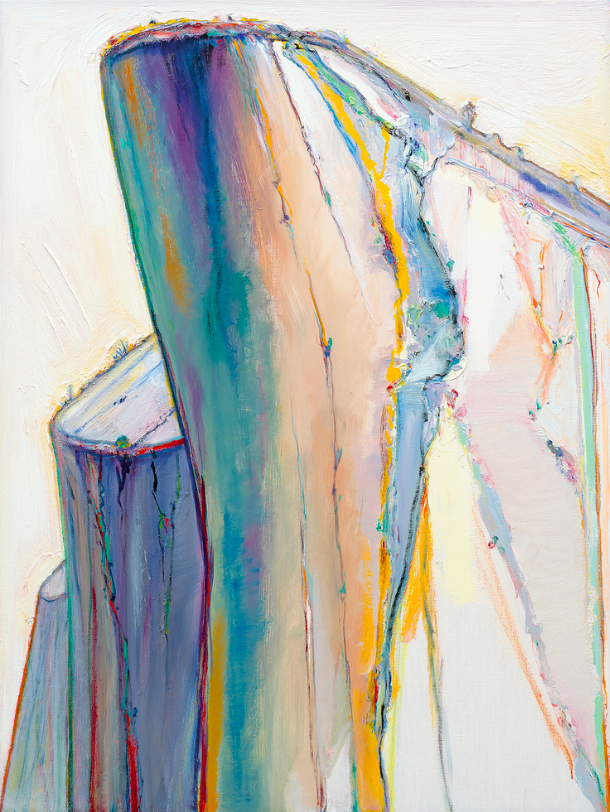
Born in 1920 in Arizona, Wayne Thiebaud is an internationally lauded contemporary painter who passed away in 2021 aged 101 (!) in California, the United States of America. Associated with Pop Art, New Realism, and the Bay Area figurative movement, Thiebaud is best known for meticulously painted still lives, landscapes, and everyday life.
The American artist succeeds in transforming banal or nostalgic subjects into contemporary masterpieces by giving an uncanny depth and strangeness to his works. Thiebaud can transform a deceptively simple landscape into a colorful and virtuoso painting, adding blues, greens, and reds in his composition, transcending the banality of reality with the medium of painting.
For further reading on Wayne Thiebaud, we highly recommend Wayne Thiebaud published by Rizzoli in 2022.
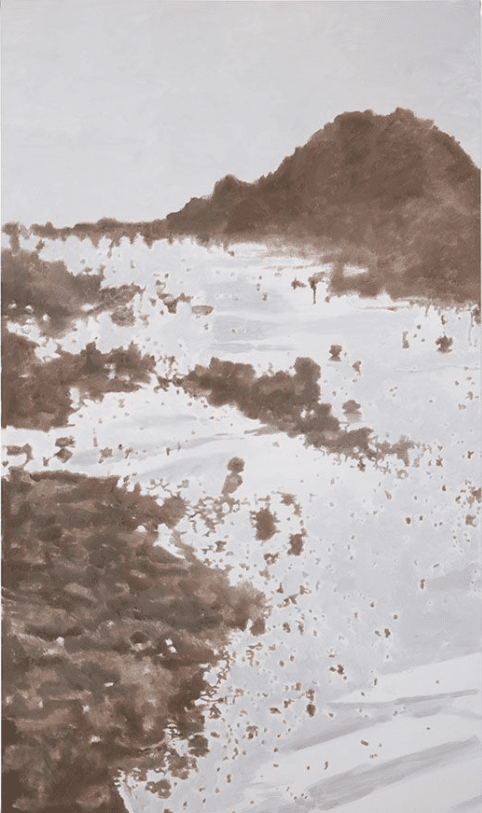
We conclude our top 12 with Luc Tuymans. Born in 1958 in Mortsel, Belgium, Tuymans lives and works in Antwerp. A pioneer of New European Painting, the Belgian artist is one of the most important painters of his generation. His characteristic brushstrokes and muted palette enable him to take on any subject and remain the most recognizable. From a portrait to a still life, from Mickey Mouse to a landscape painting.
Tuymans examines the medium of painting, focusing firmly on image theory, collective memory, and contemporary culture. In doing so, he also takes on landscape painting. For instance, with his painting Mountains from 2016, Tuymans deceives our perception with his title. At first glance, the image seems to be a landscape of mountains. However, the source material is a photograph of lumps of dirt he had thrown on a piece of aluminum foil on the floor. As a result, Tuymans challenges our assumption of depicting an object or subject while alerting us to the threats nature is facing simultaneously.
For further reading on Luc Tuymans, we highly recommend the exquisite multivolume Luc Tuymans: Catalogue Raisonné.
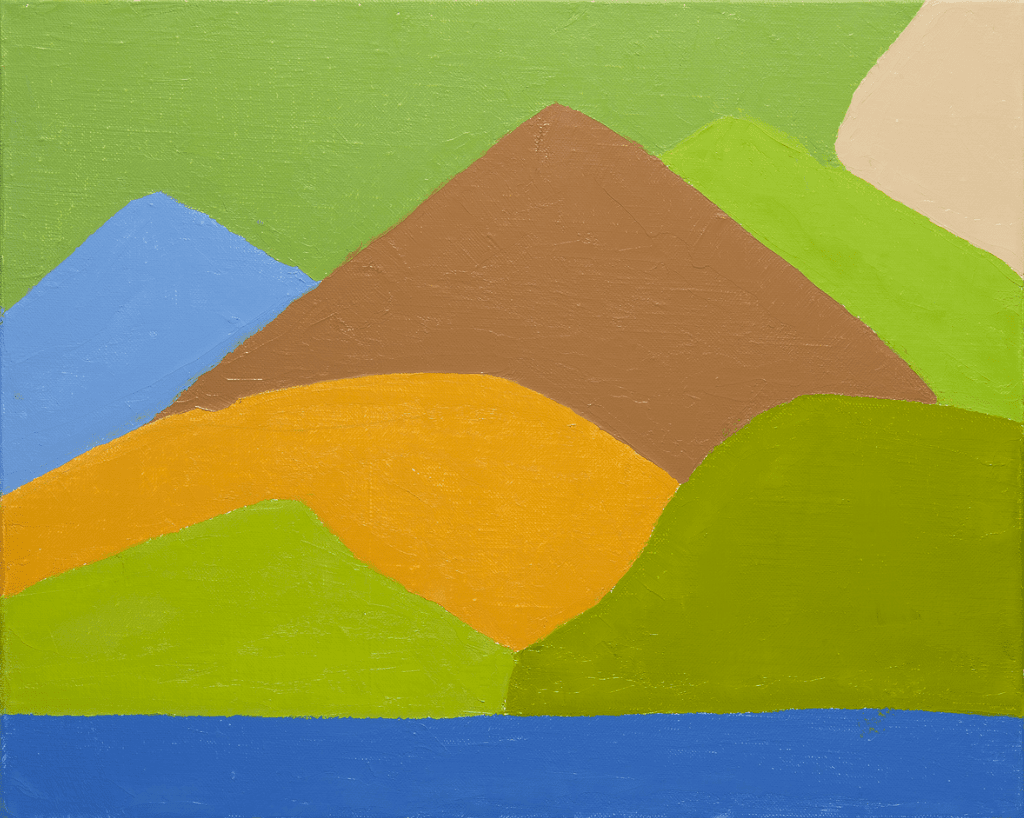
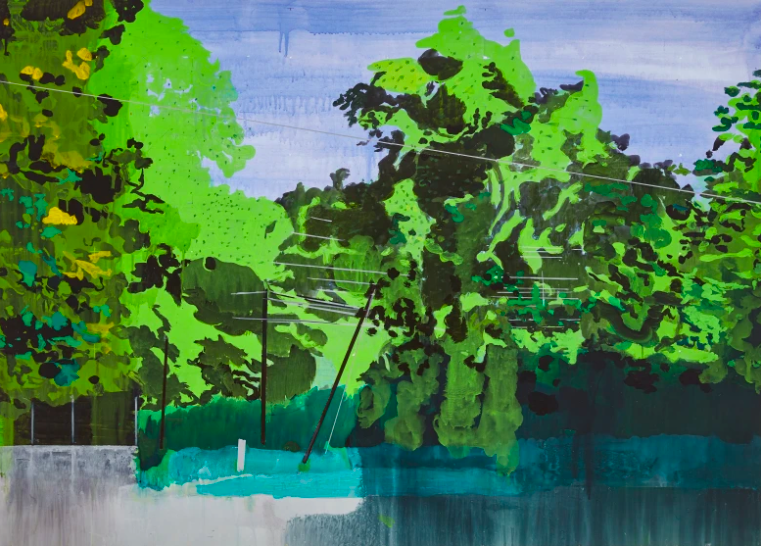
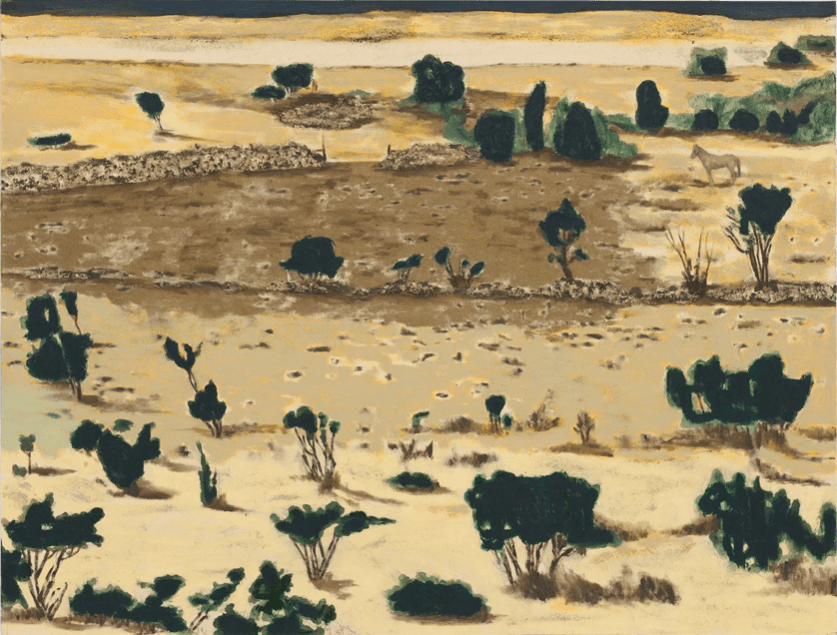
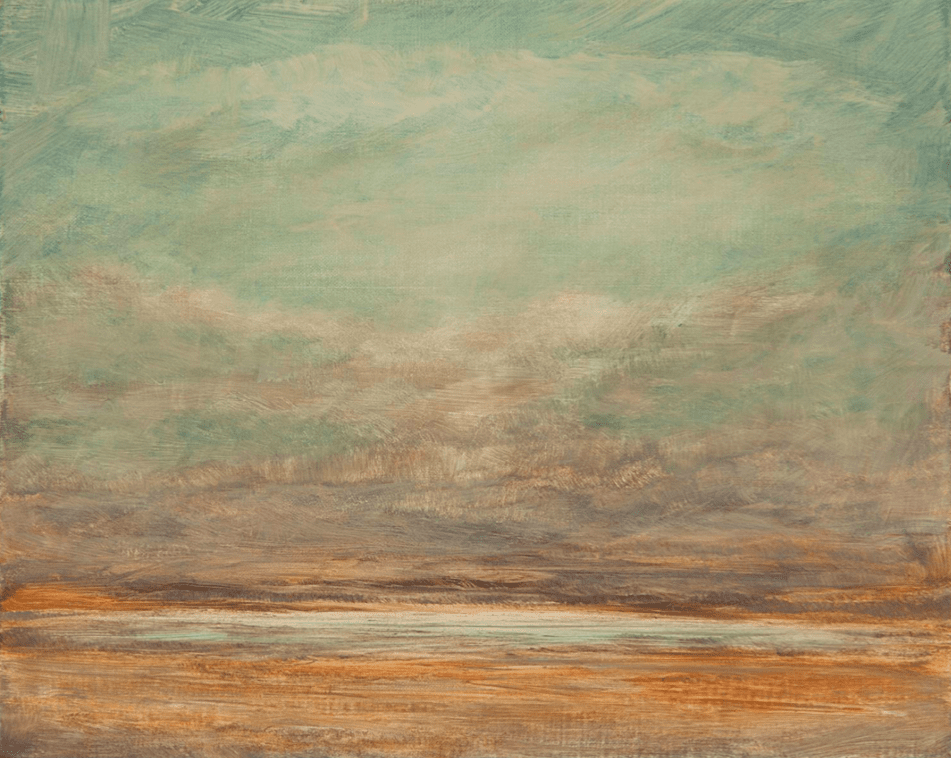
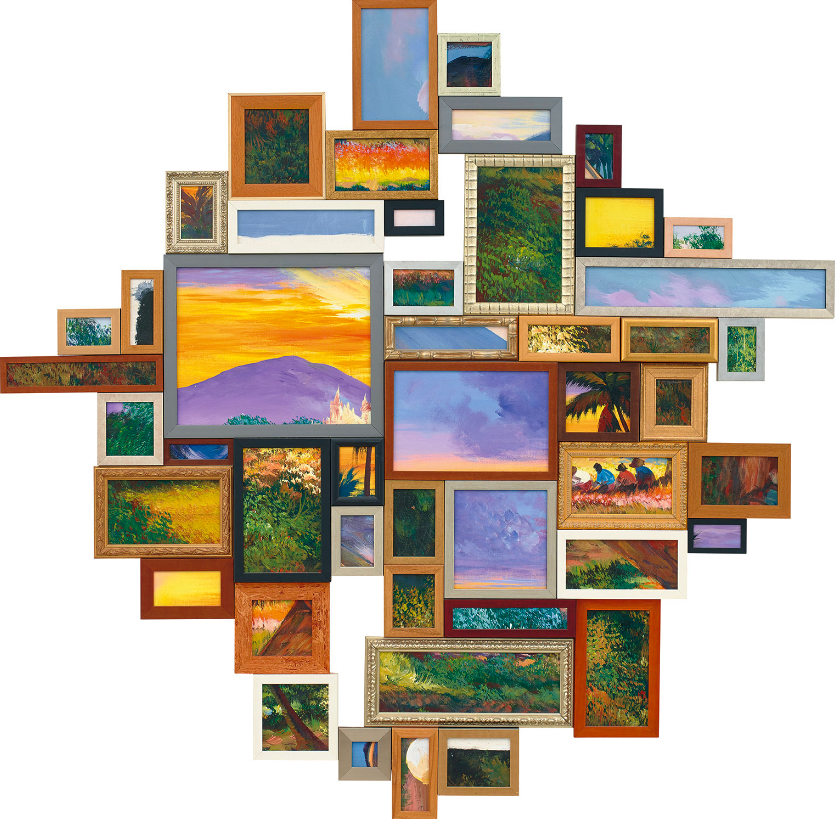
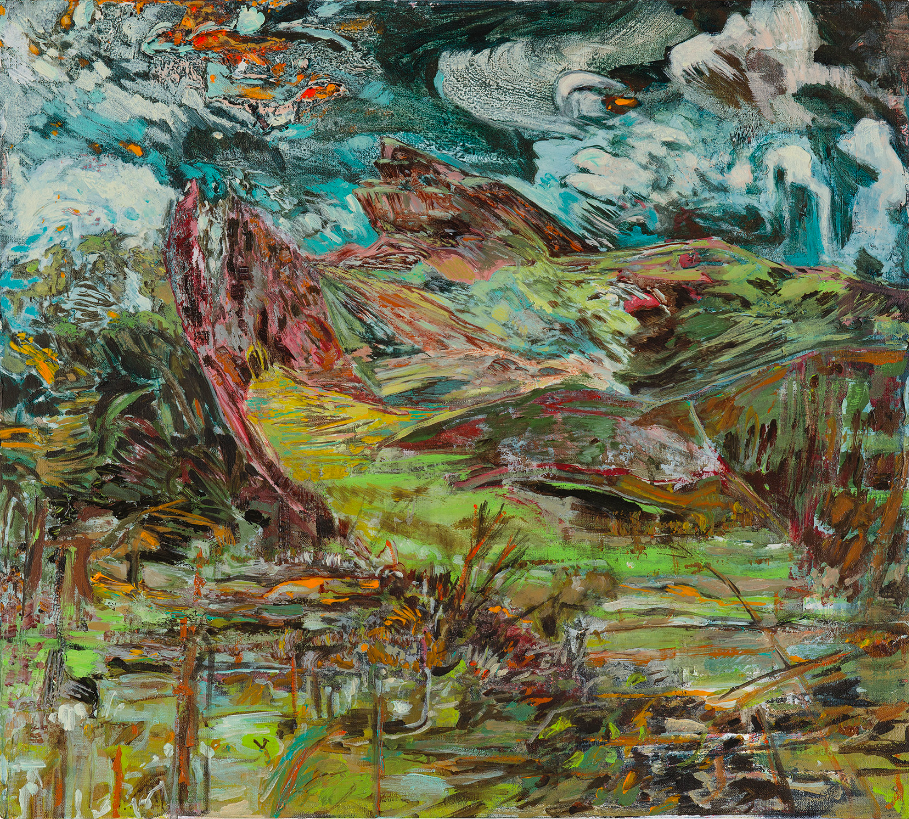
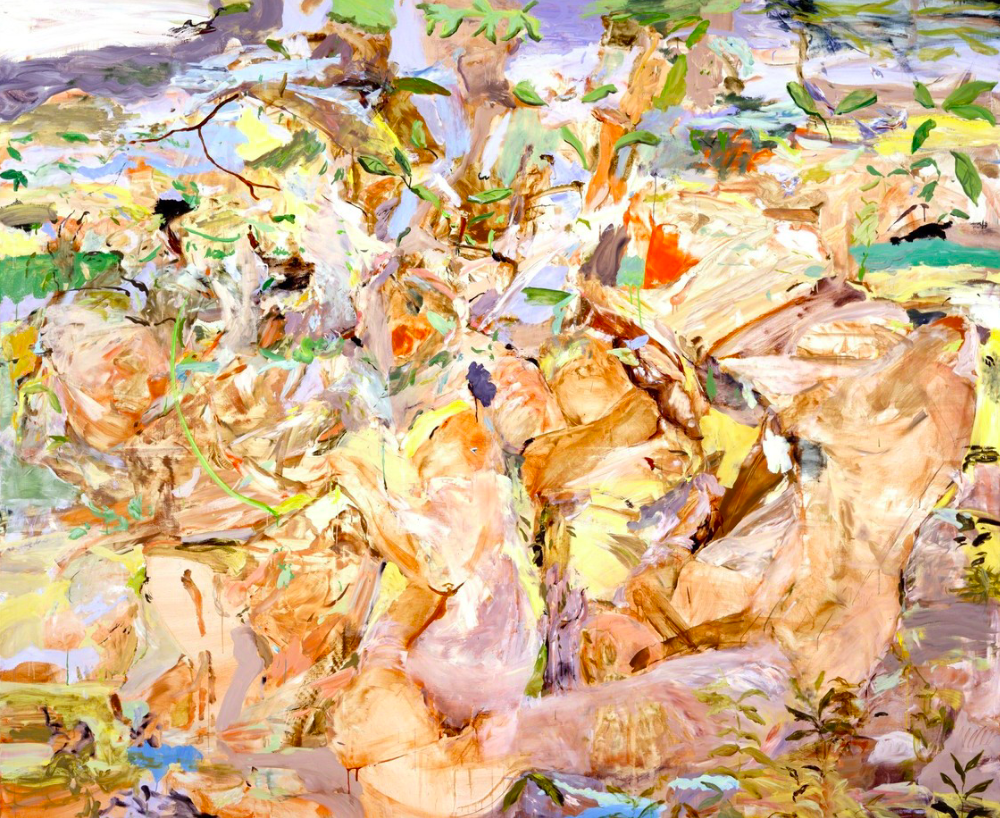
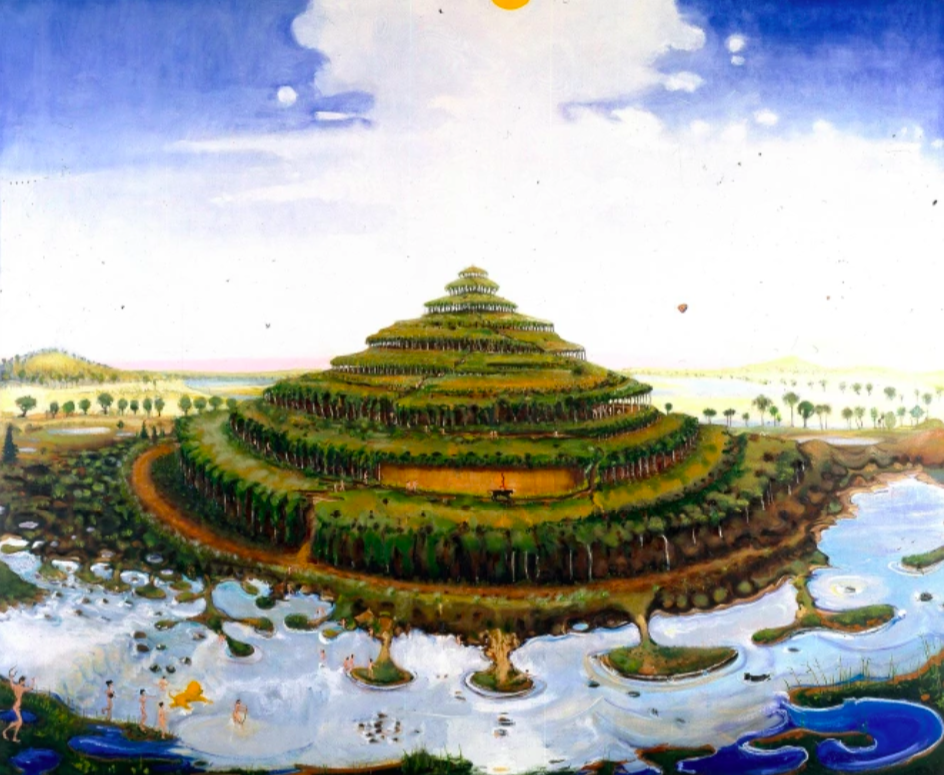
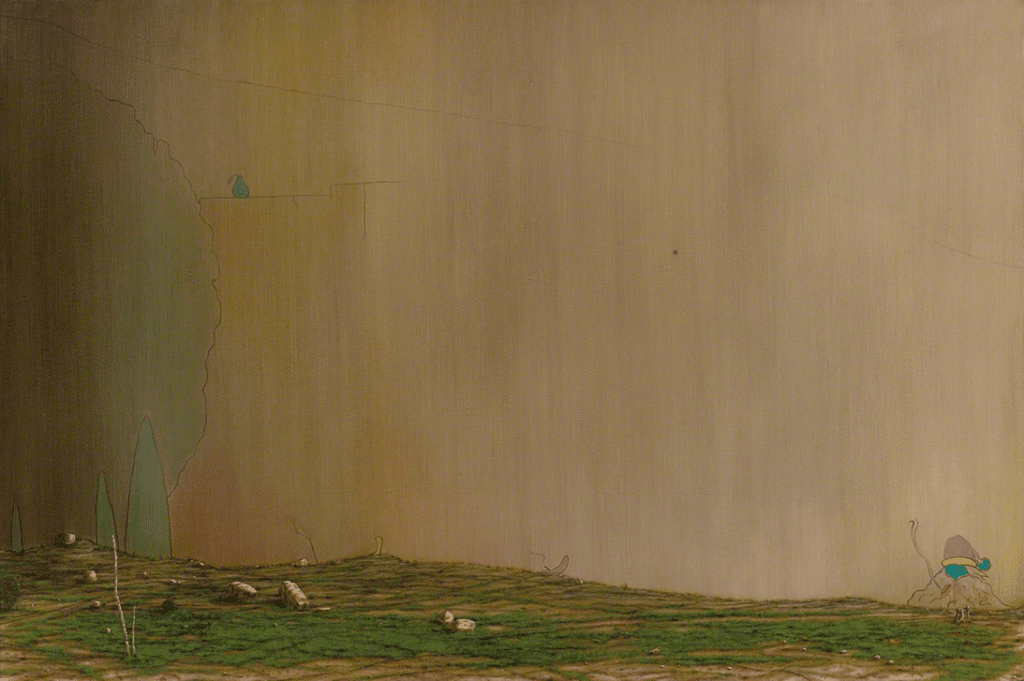
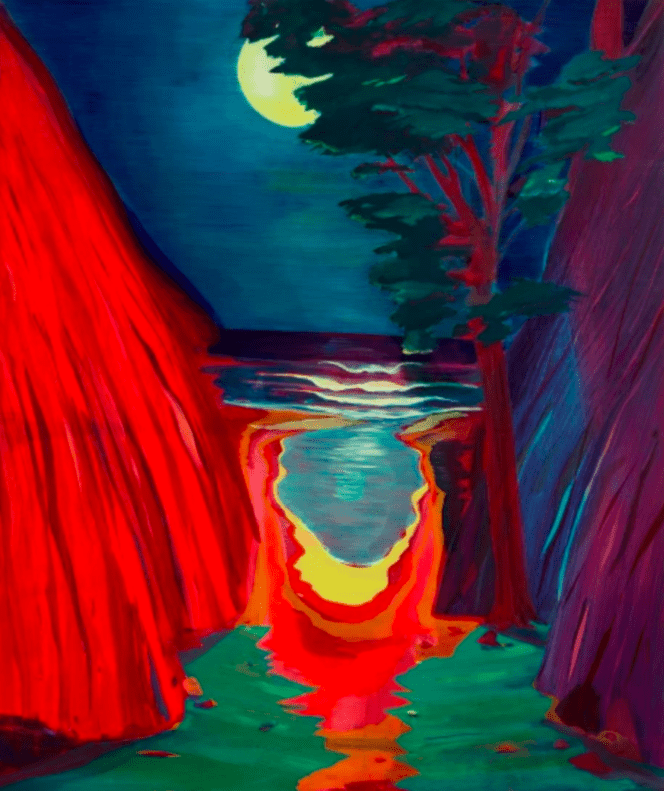
Born in 1927 in Montclair, New Jersey, the United States of America, Lois Dodd is a contemporary painter living and working between Cushing and New York. Over sixty years, the American artist has been painting small landscapes. She communicates her relationship with nature, cropping landscape images to views of solitude.
These minimalist landscapes where painted at the same time when Abstract Expressionism was dominant, taking a path on her own and developing an intimate, and genuine oeuvre of contemporary landscape painting. Her landscape are not painted from photographical source material, but from her direct environment. Doing so, time by time again, she quickly captures nature in an intuitive manner.
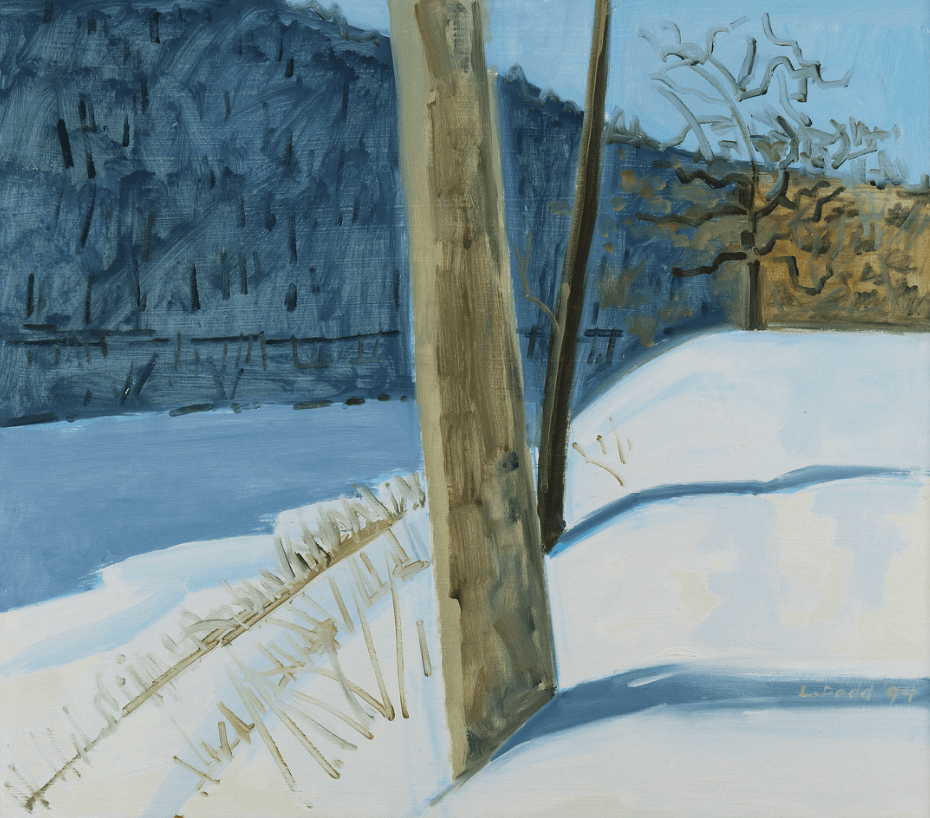
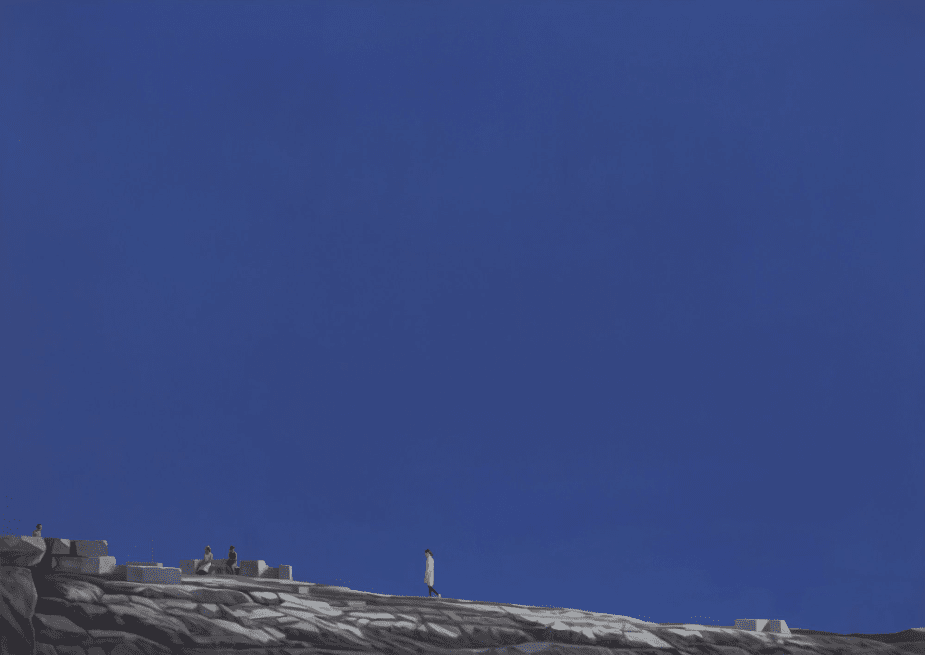
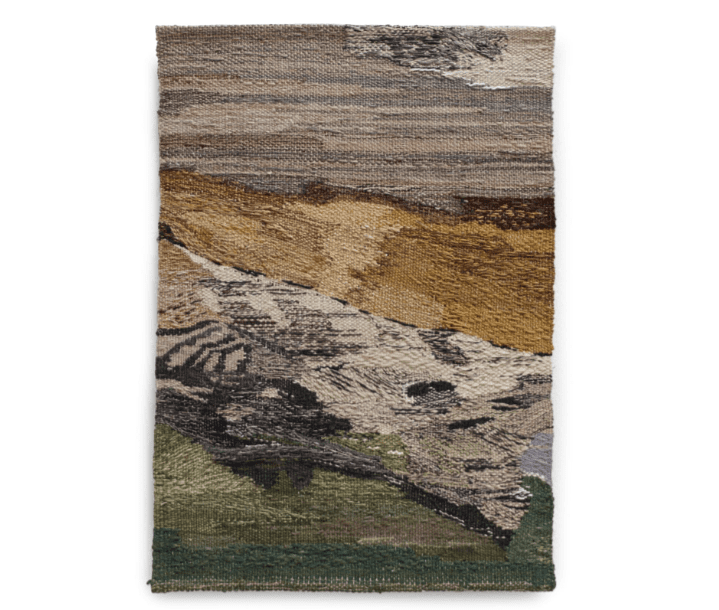
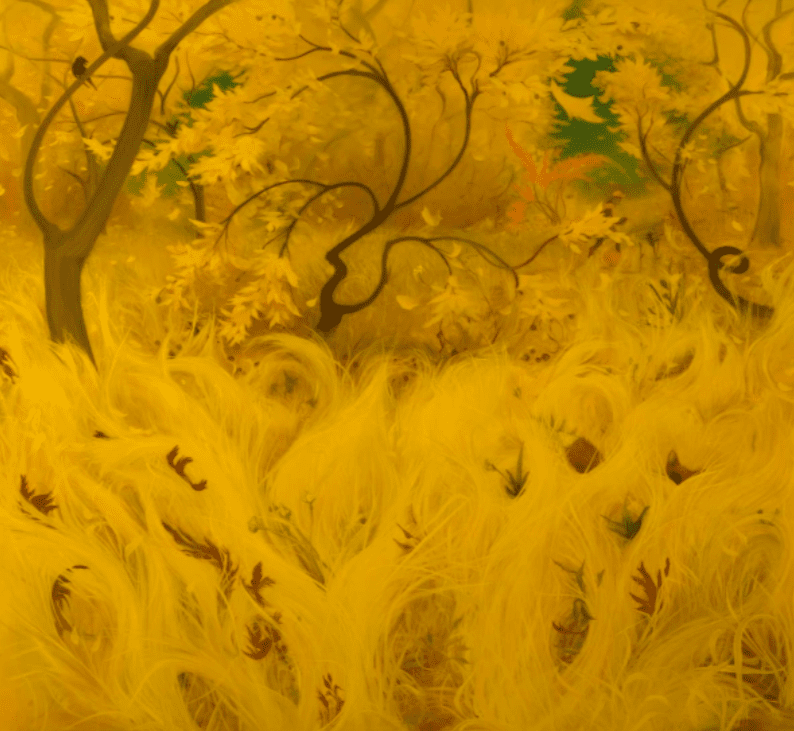
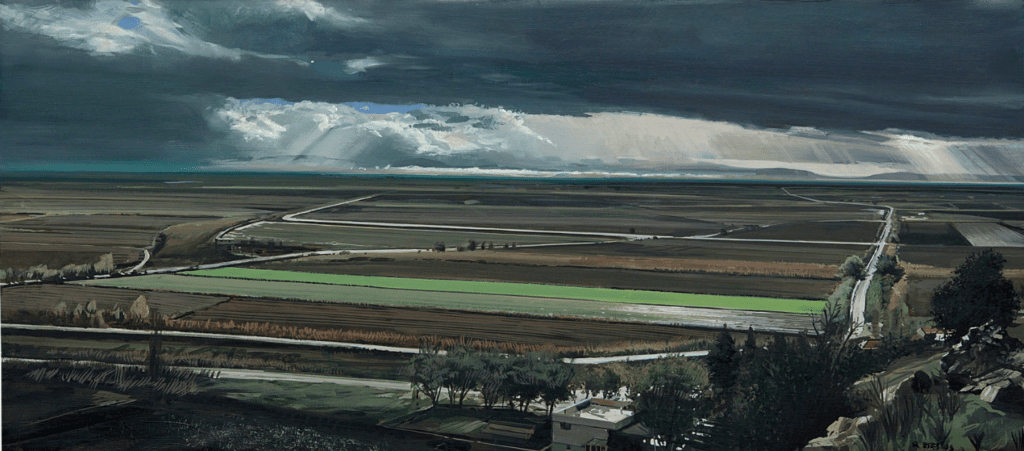
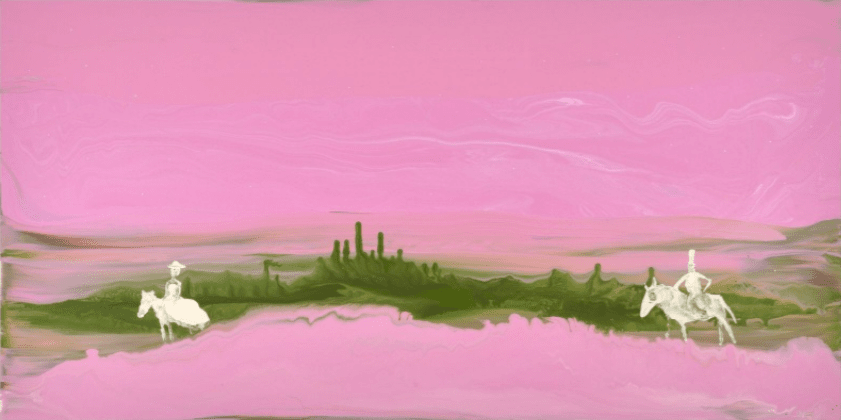
Jane Freilicher, born in 1924 in Brooklyn, New York, the United States of America, is a contemporary painter who passed away in 2014 in New York City.
She is best known for her freshly painted, vaporous city- and landscapes, capturing an exact moment at an exact location where she inhabited. Her career spans over six decades, freed of the dominant trends of Abstract Expressionism, and occupied with what was in her most immediate reach.
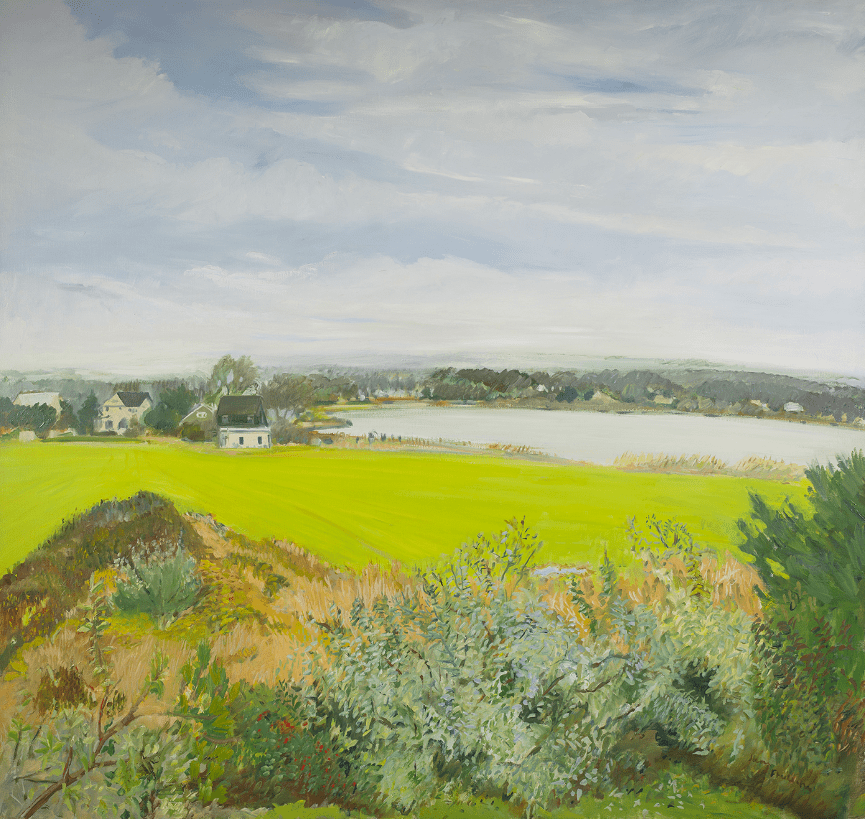
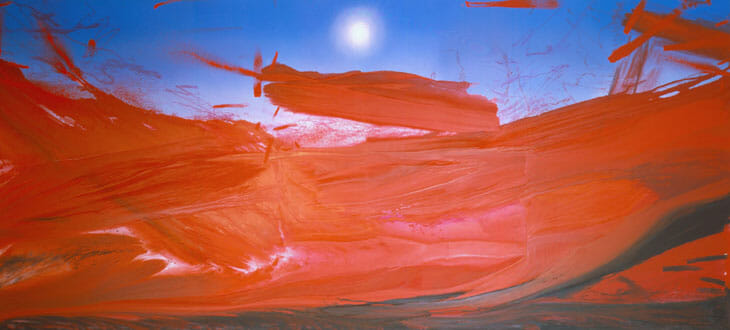
Born in 1960 in Stamford, the United States of America, Maureen Gallace is a contemporary painter living and working in New York City. Her oeuvre is marked by her quit and intimate landscapes, providing a respite for the beholder.
She primarily paints flowers, beaches, roads and cottage, directly from the New England environment. A unique aspect of her works is the way she succeeds to create a true ‘day’ light in her paintings, mastering the palette of colour and contrast of tone consistently.
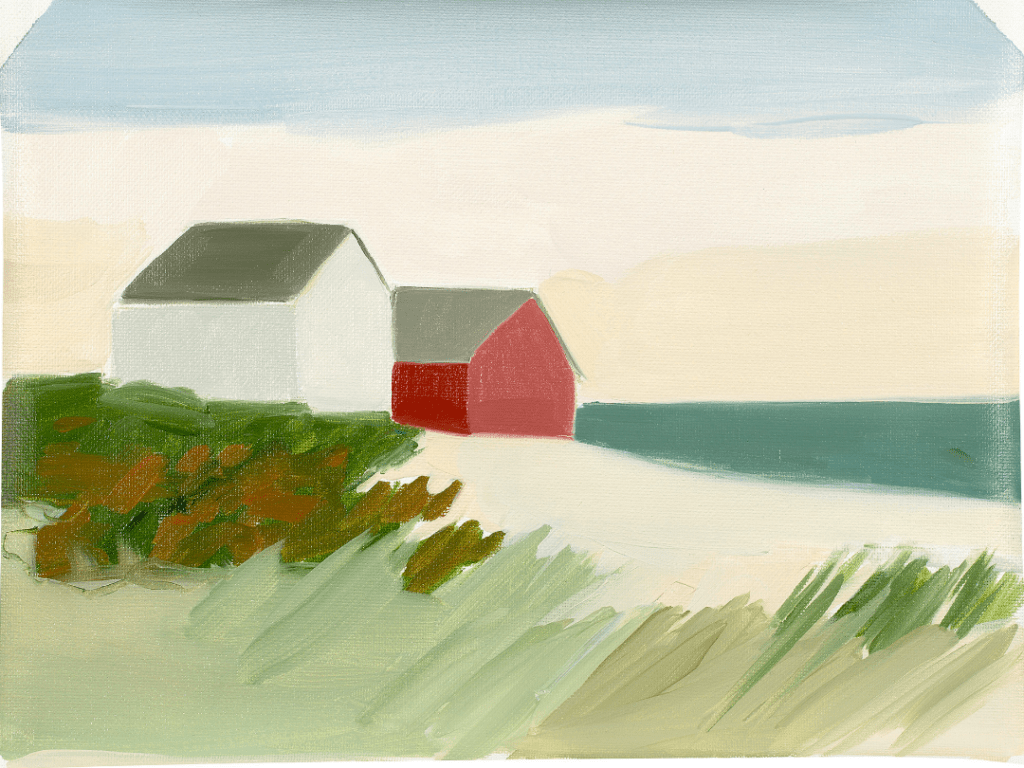
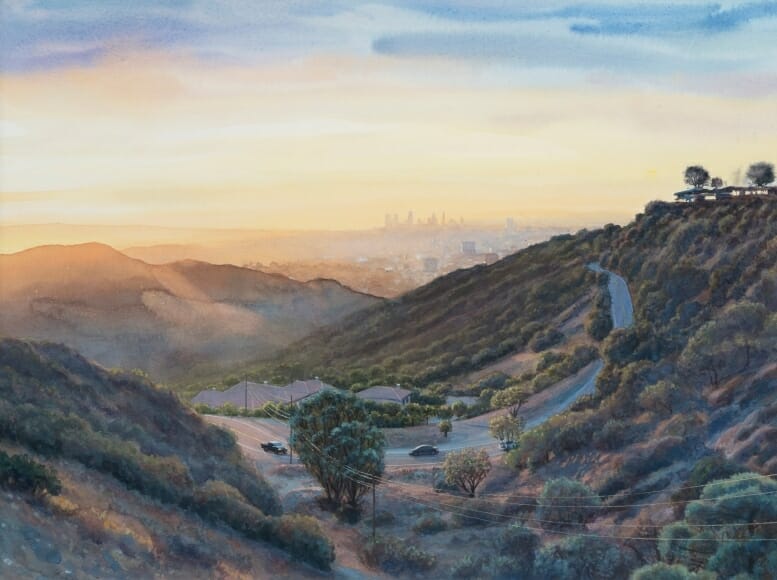
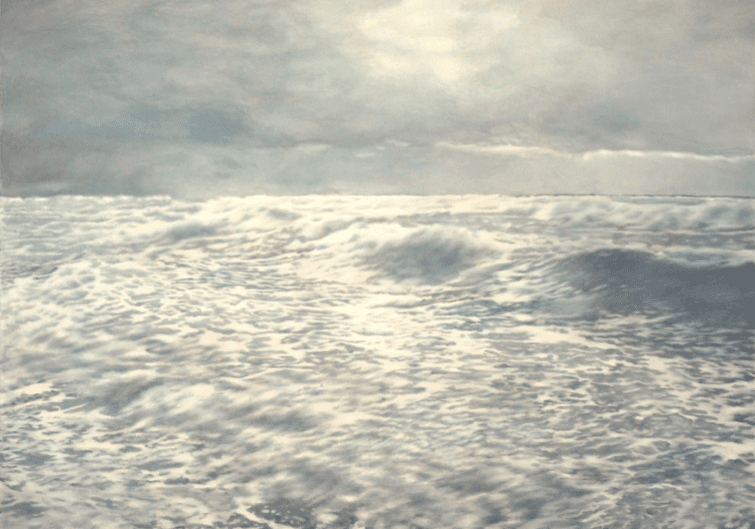
Born in 1953 in Cleveland, the United States of America, April Gornik is a contemporary artist living and working in Sag Harbor, New York. She paints dazzling landscapes of oceans, mountain or forest, painting them in a recognizable yet surreal and imaginative manner.
One can find the sublime reminiscent to J. M. W. Turner or John Constable in her luminous artworks, overwhelming the viewer with its painterly qualities and often monumental sizes. The American painter plays with different perspectives and lenses, manipulating the landscape for an optimal viewing experience.
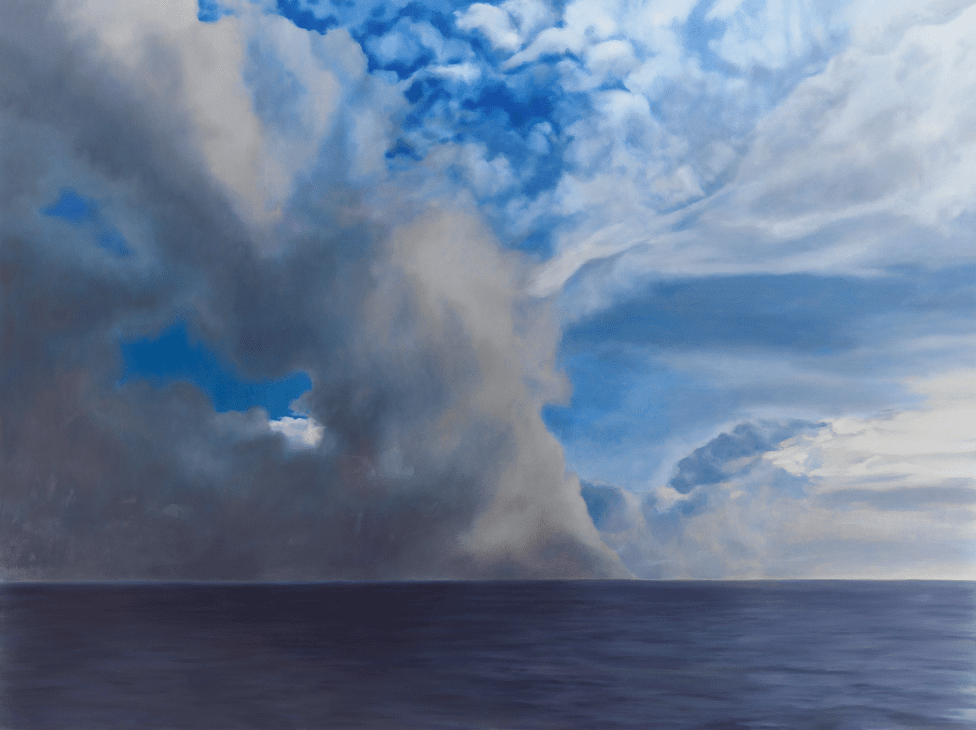
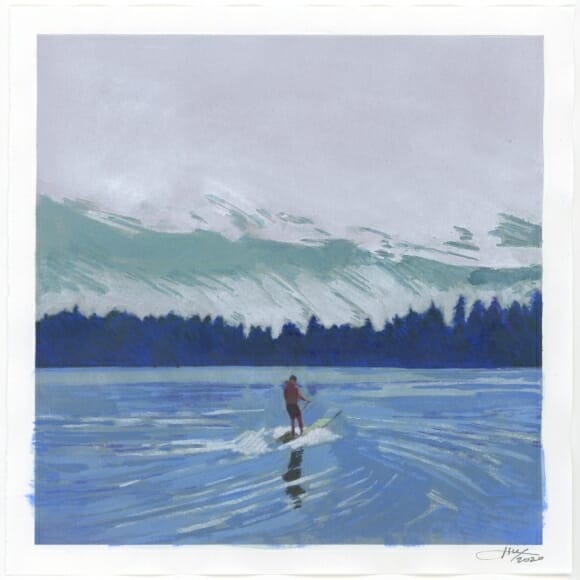
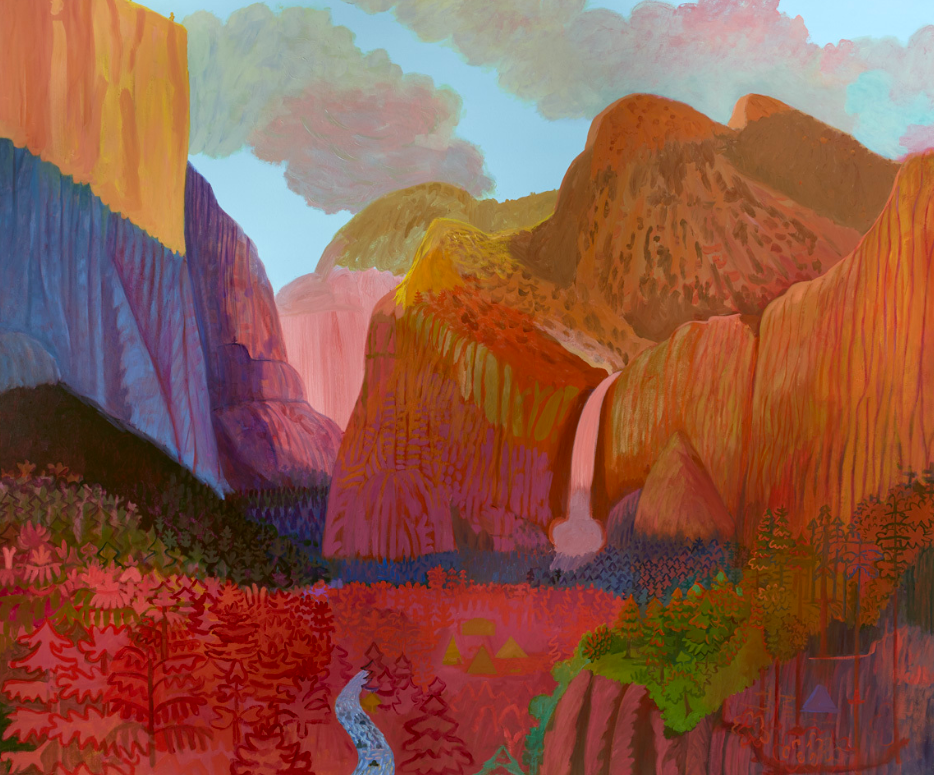
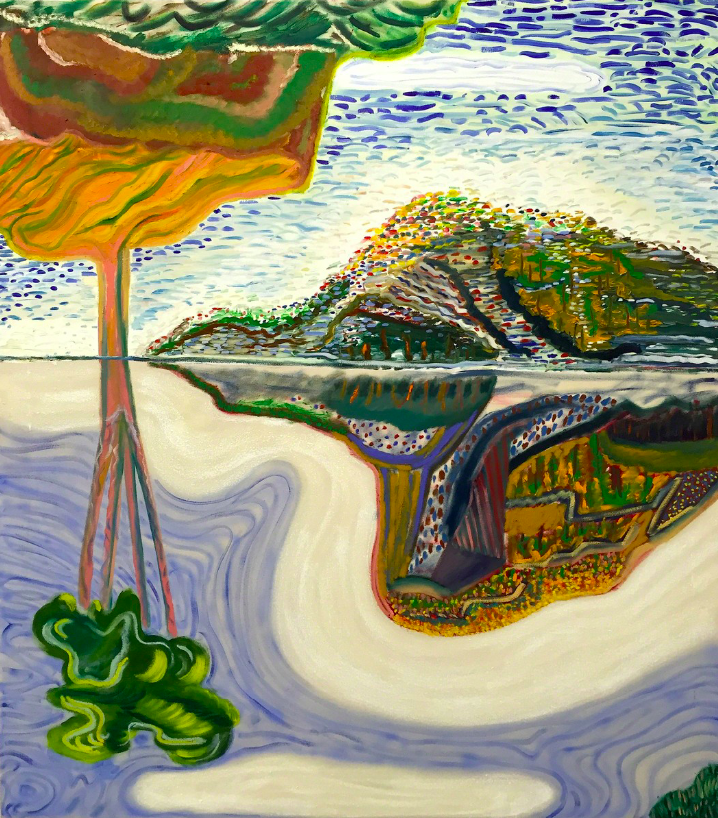
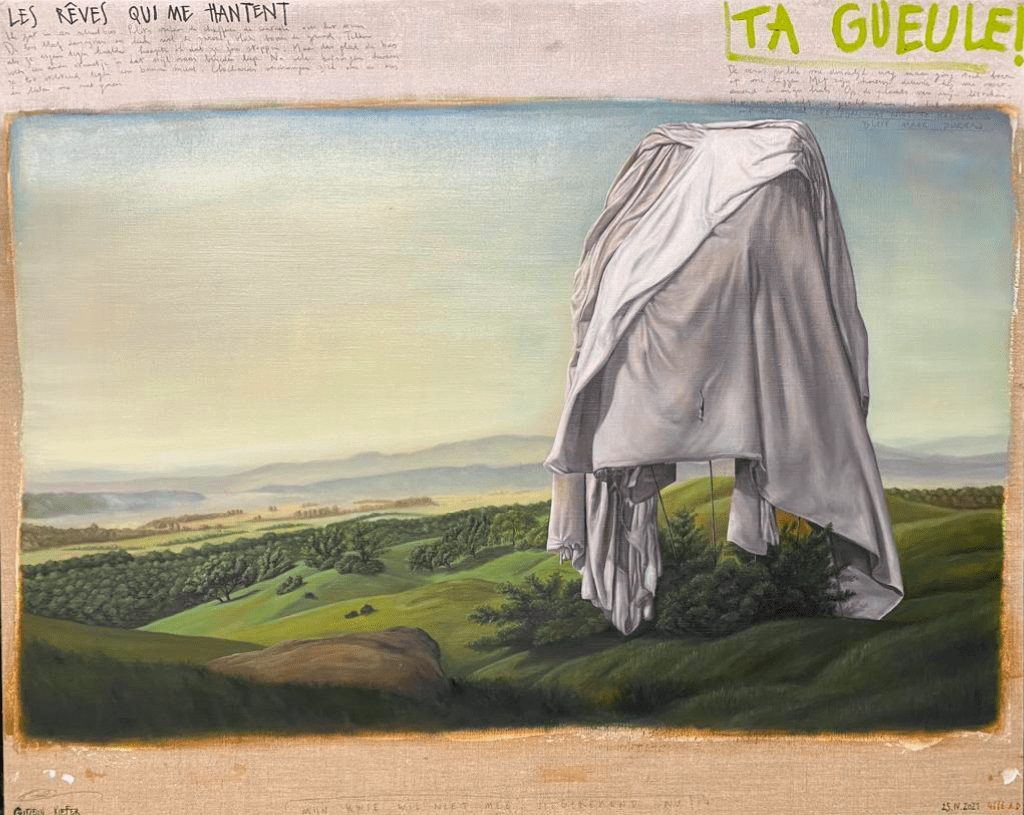
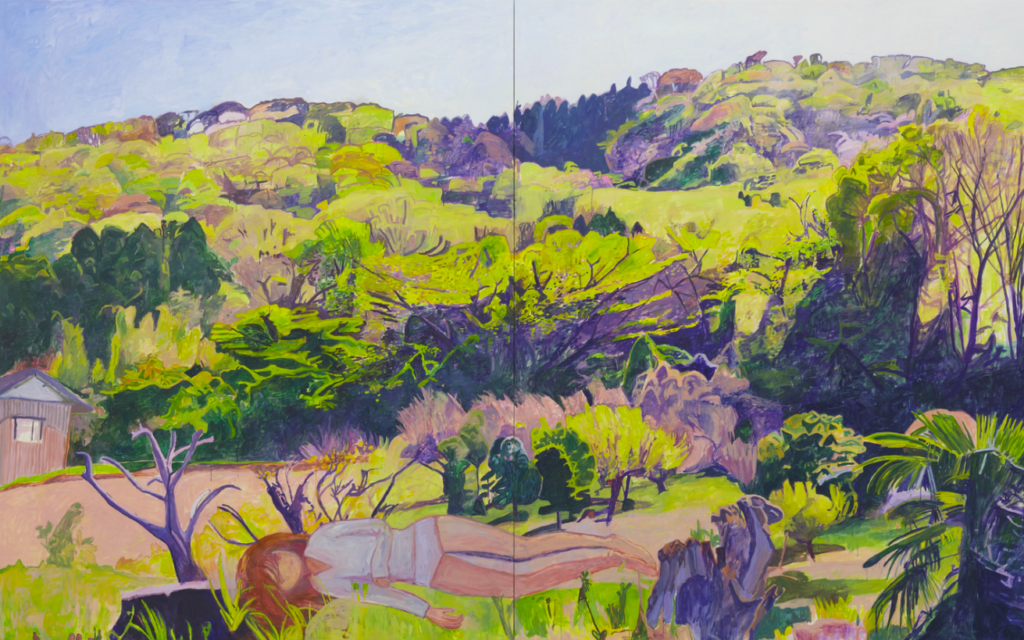
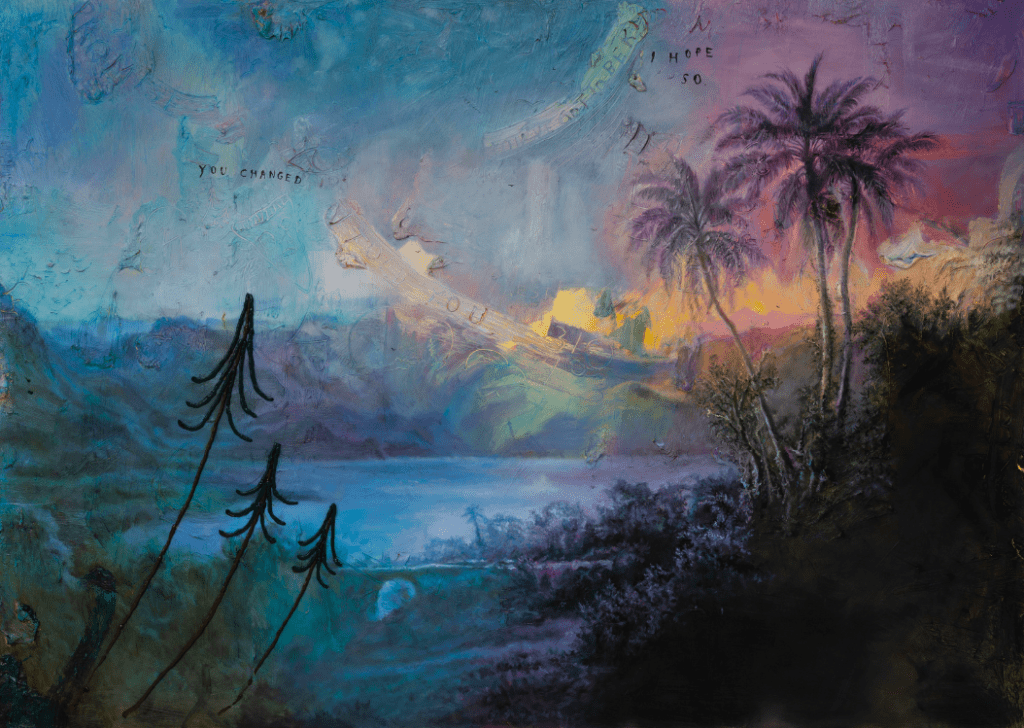
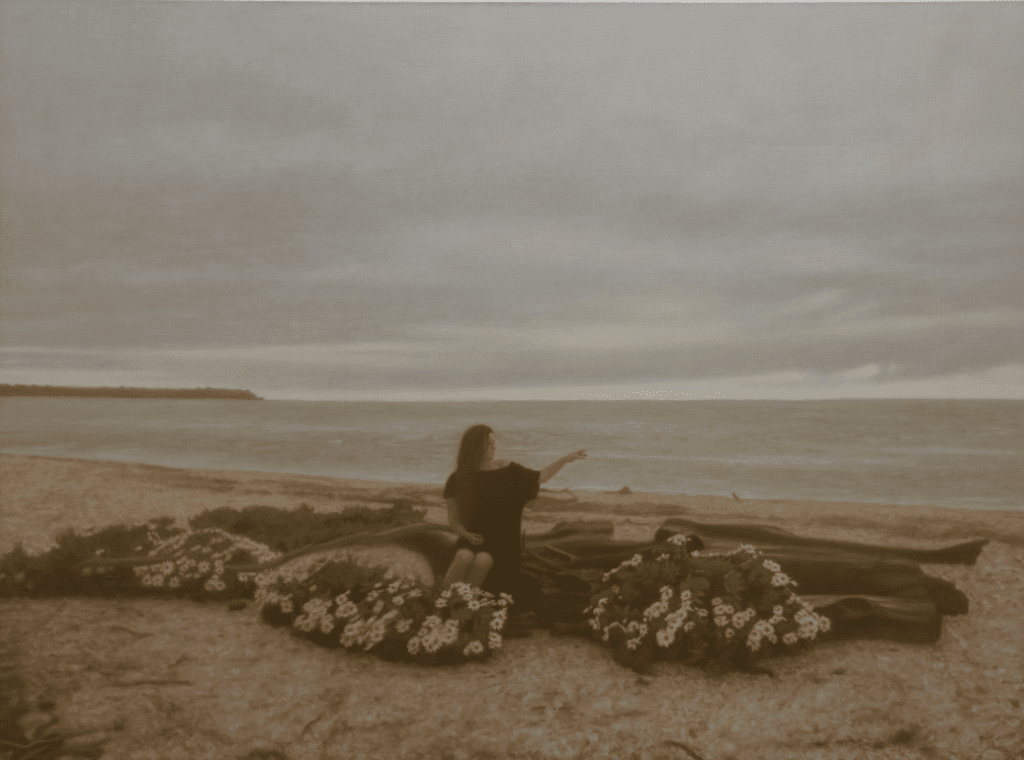
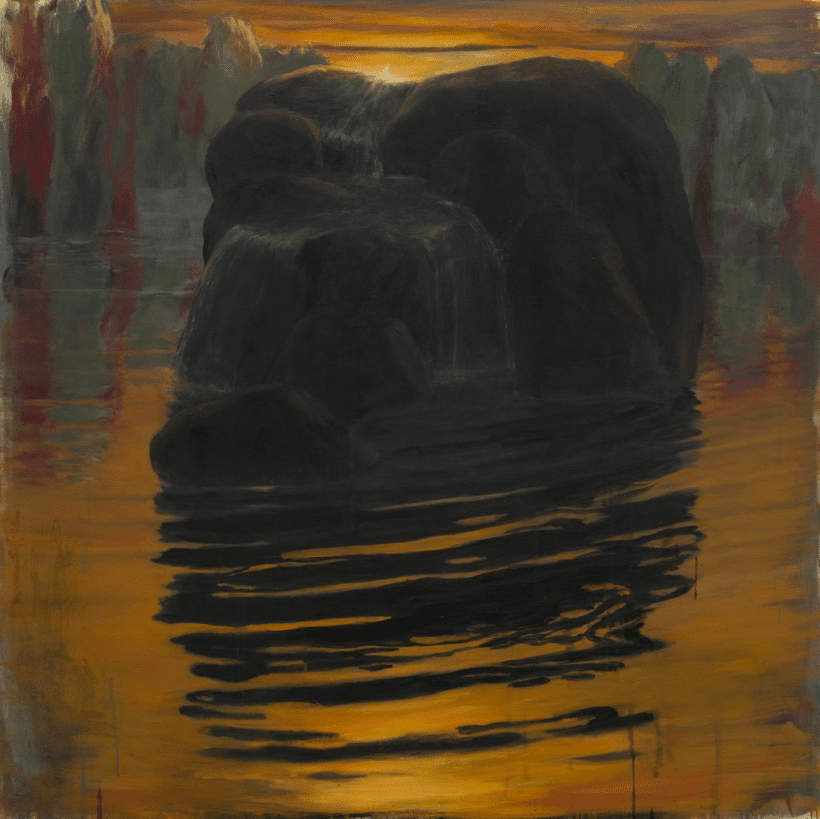
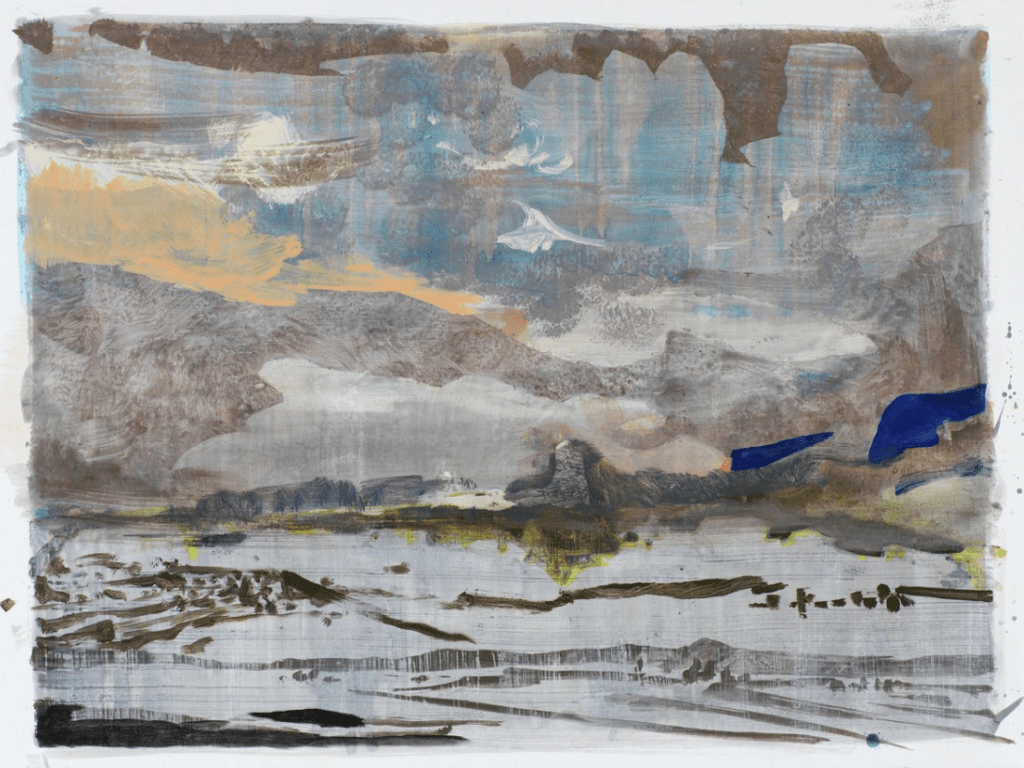
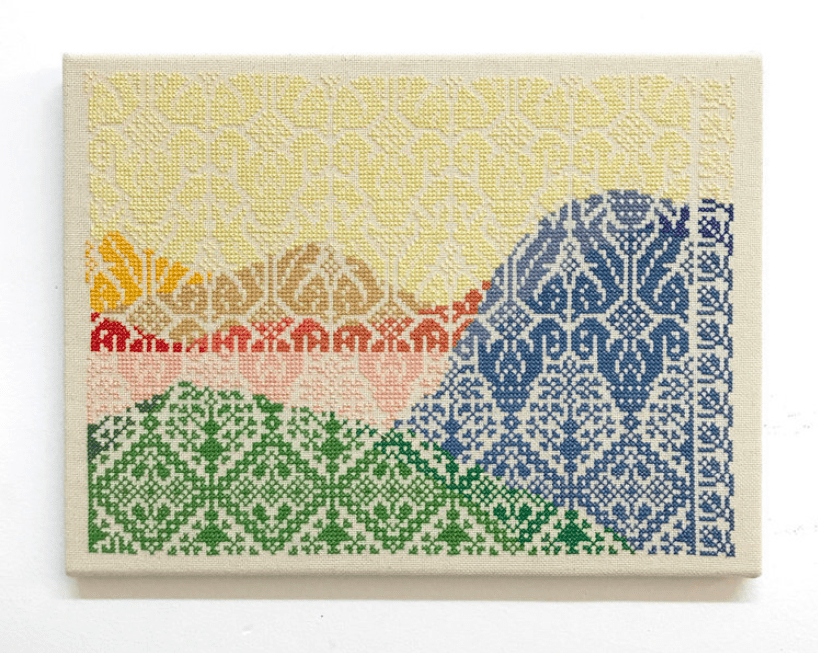
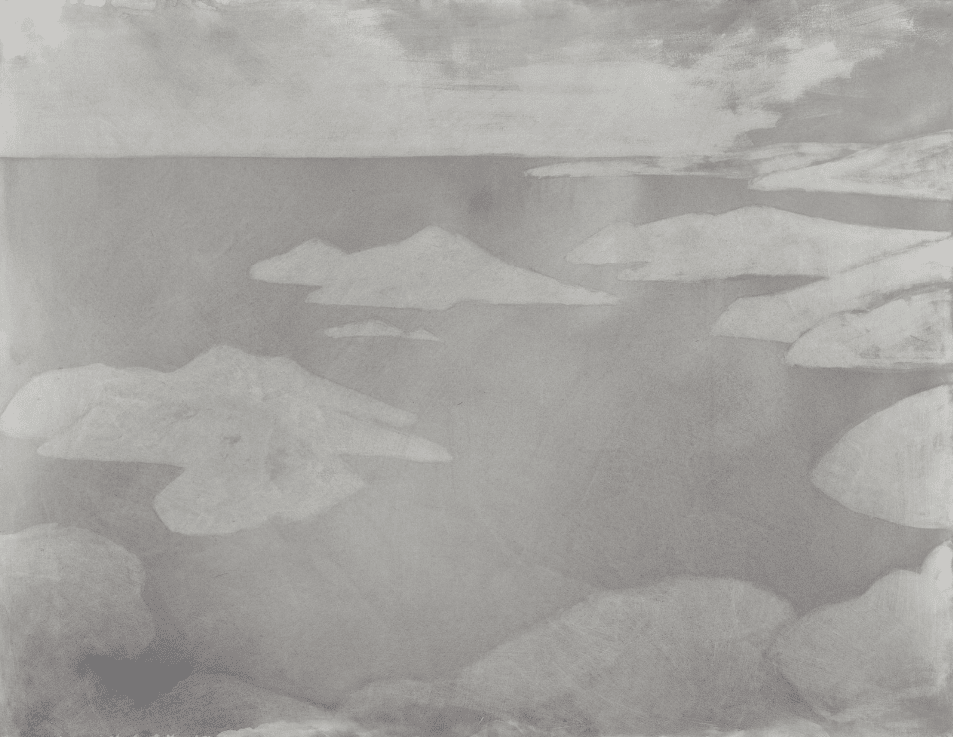
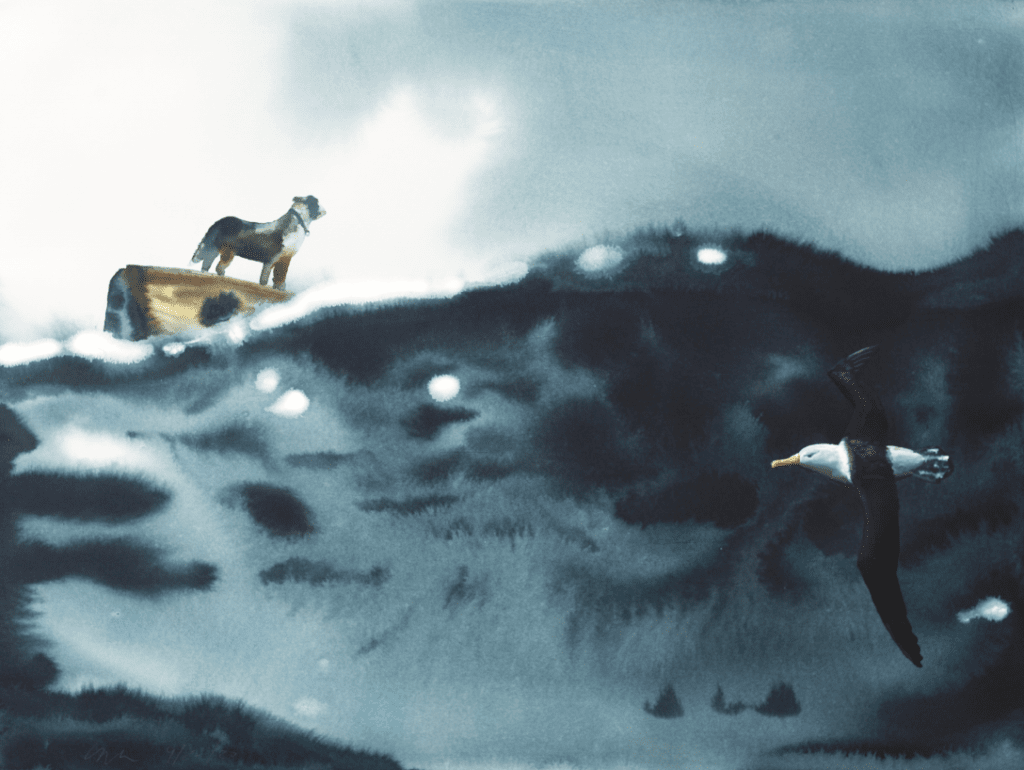
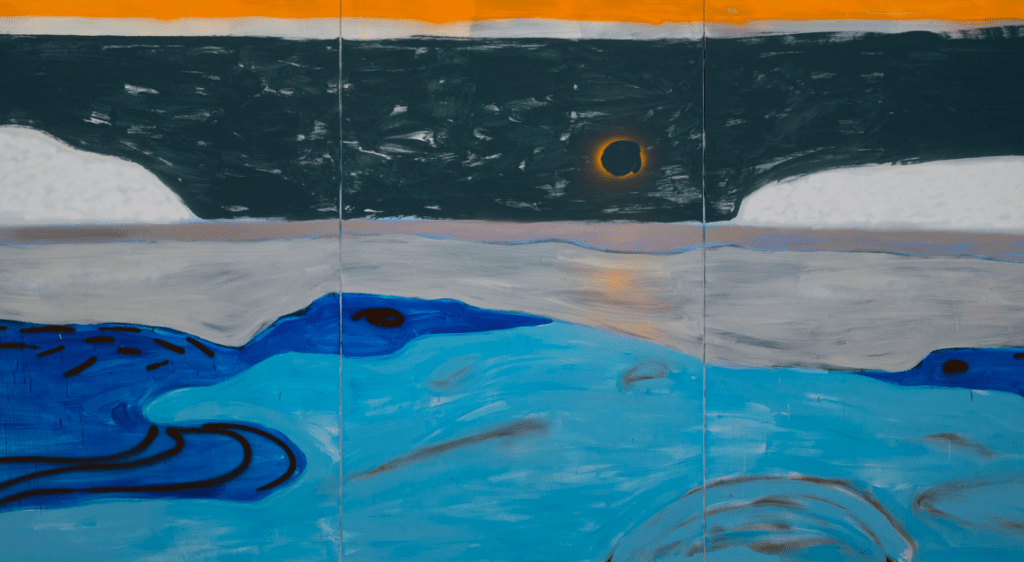
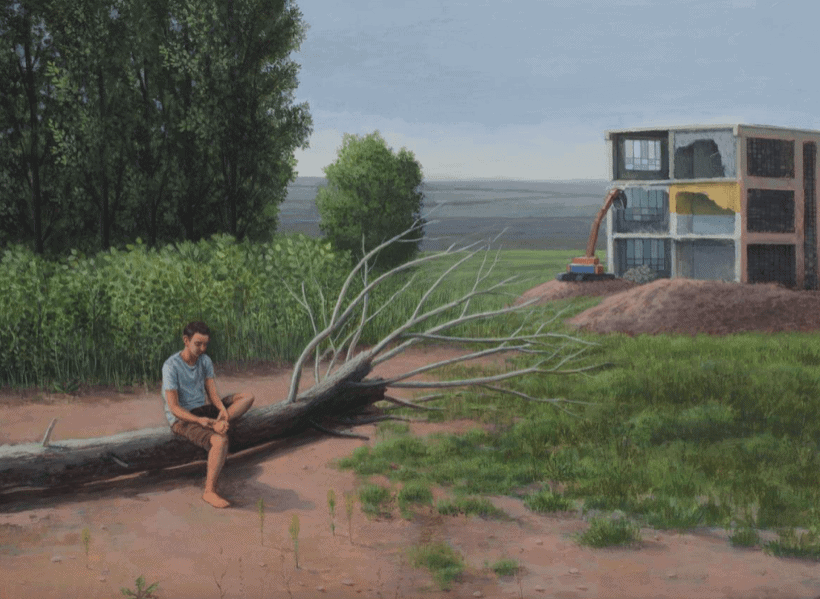
Born in 1966 in Coventry, the United Kingdom, George Shaw is a contemporary artist residing and working in Devon.
He is best known for his painterly oeuvre captures landscapes, townscapes and cityscapes, depicting the working-class and the downfall of certain buildings and environments. His landscapes are filled with garage boxes, brutalist architecture, sheds, and sometimes even garbage or litter polluting these environments.
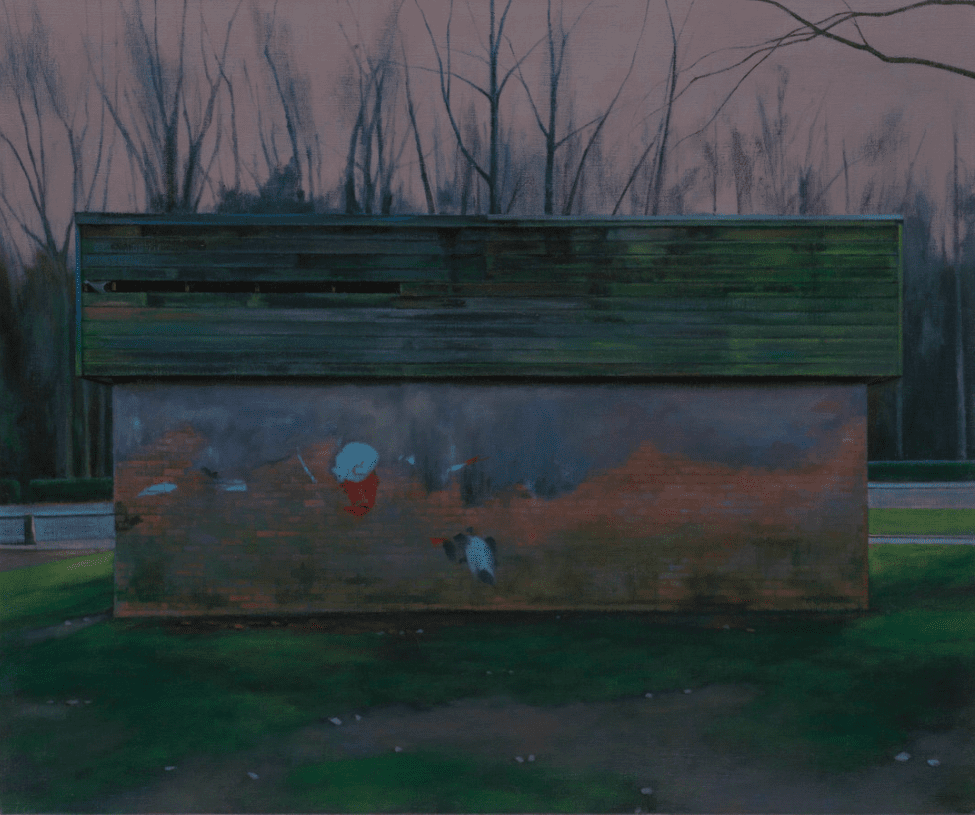
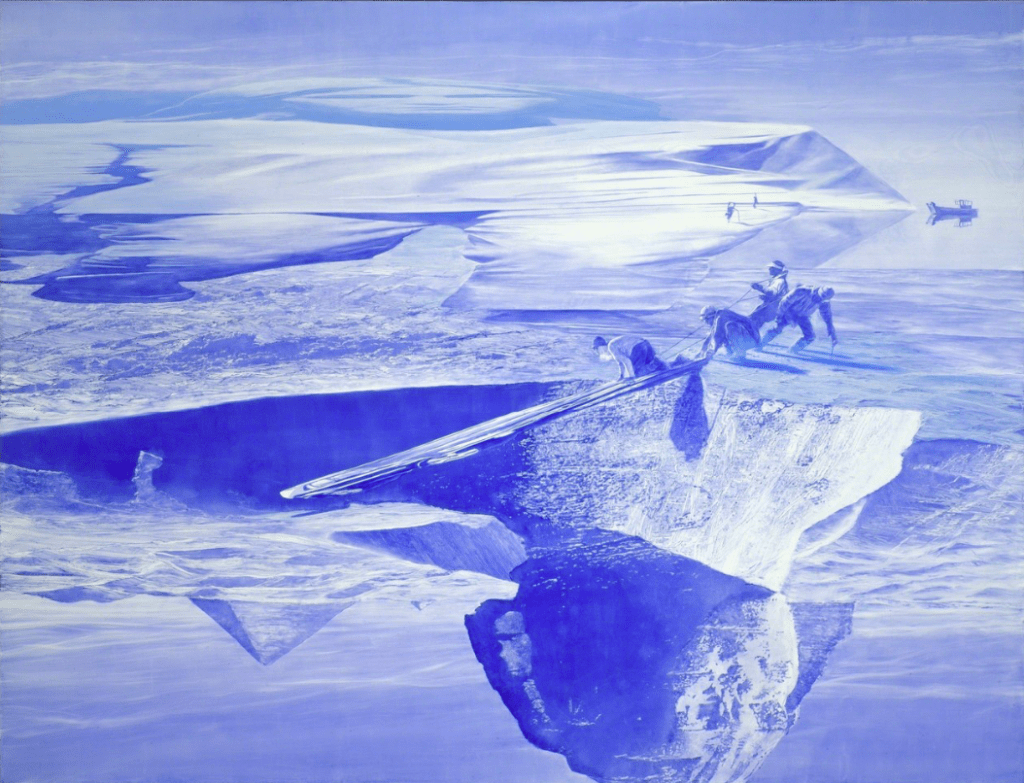
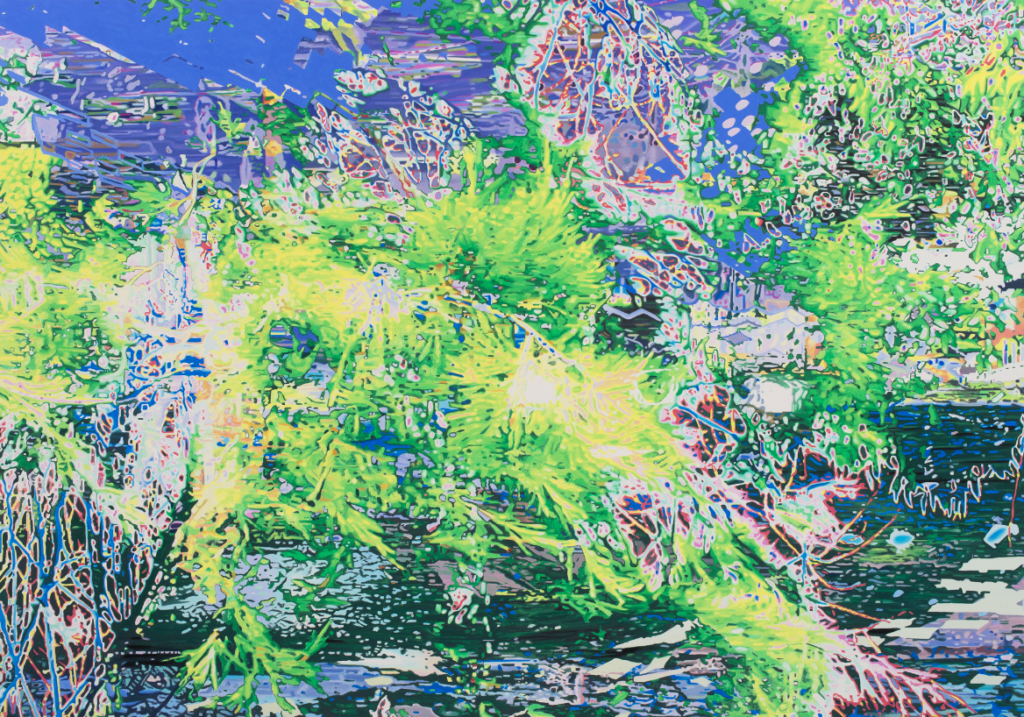
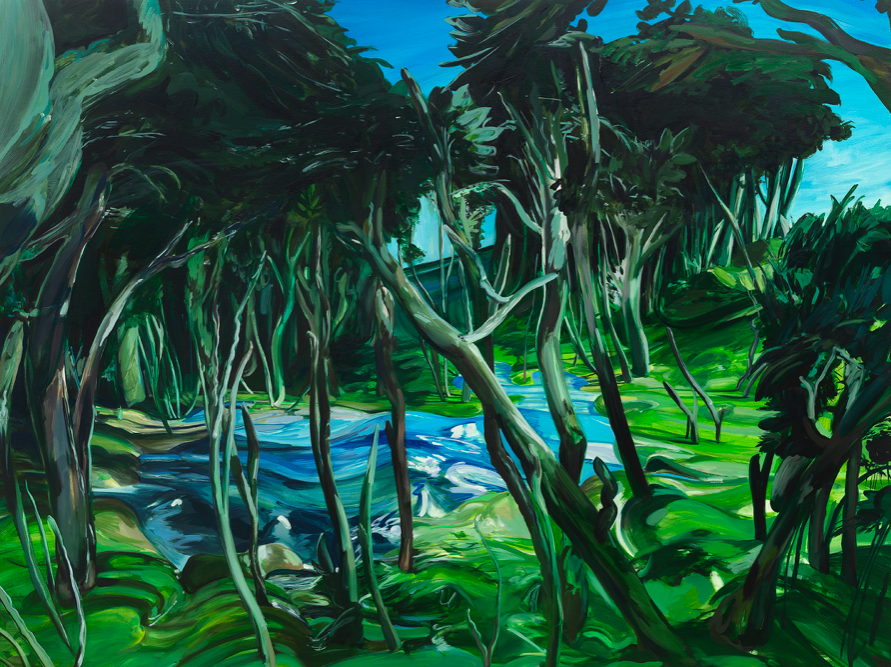
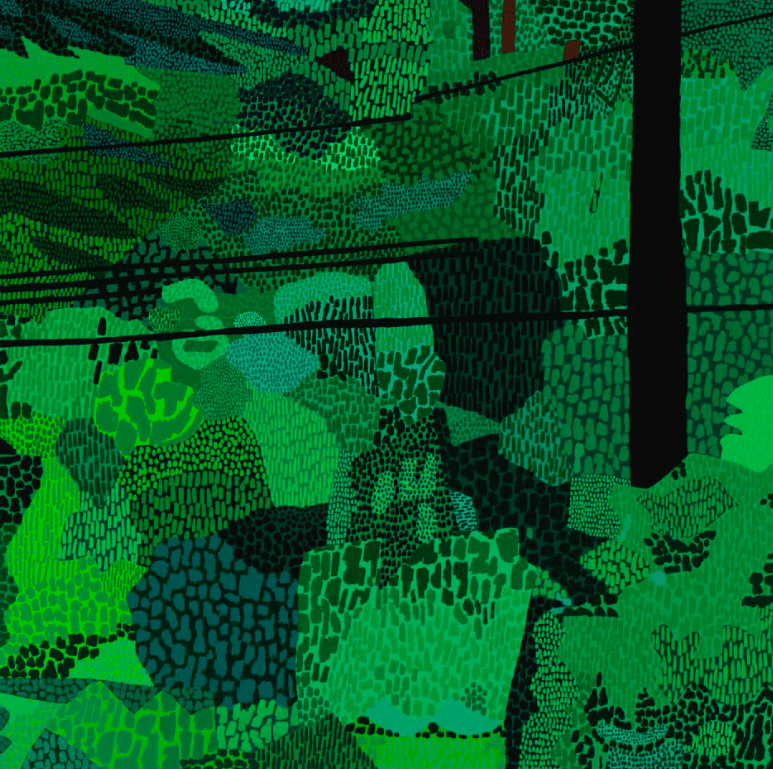
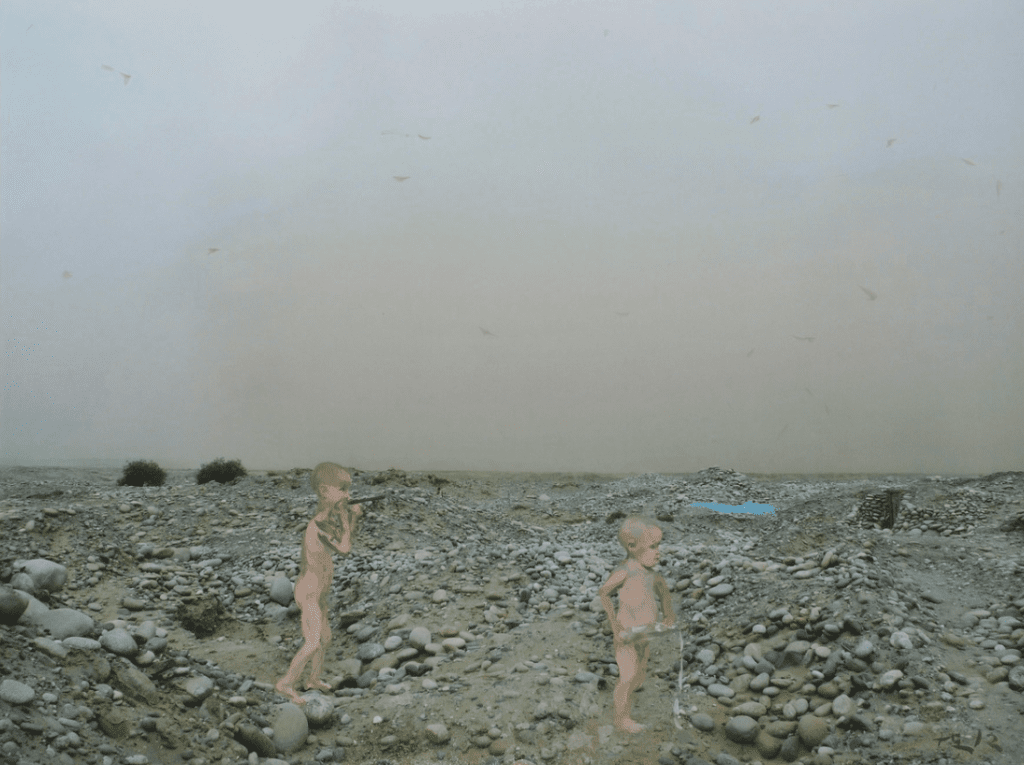
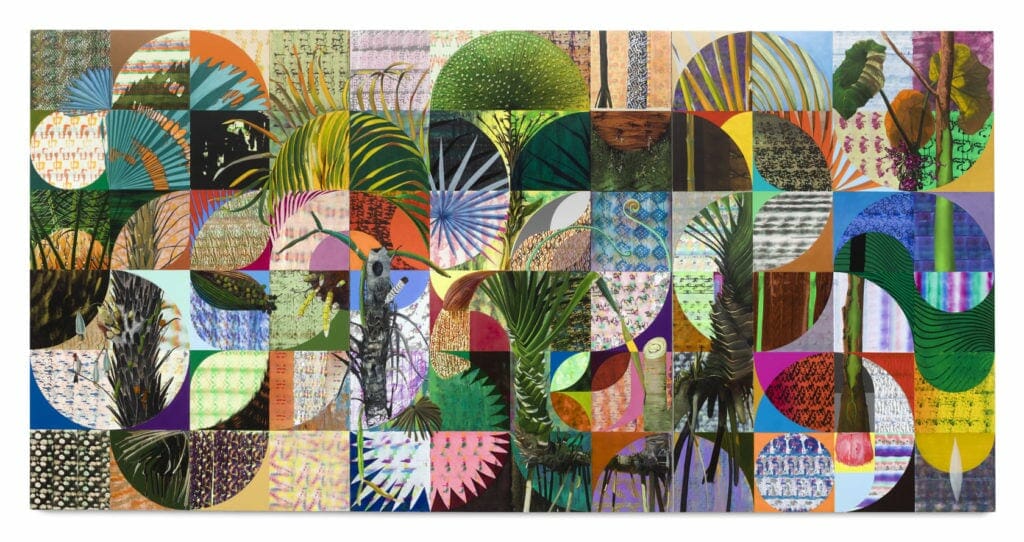
Last Updated on September 15, 2023

A Studio Visit During the La BIBI Residency
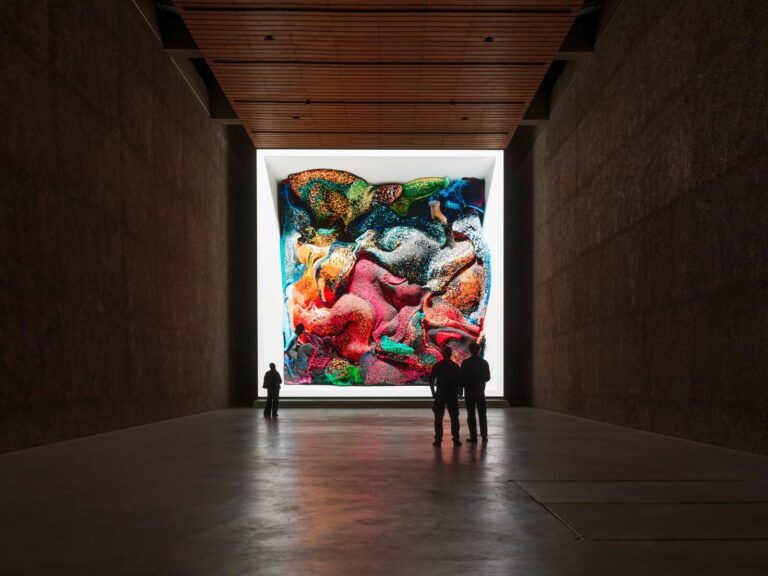
A Reasoned Anthology